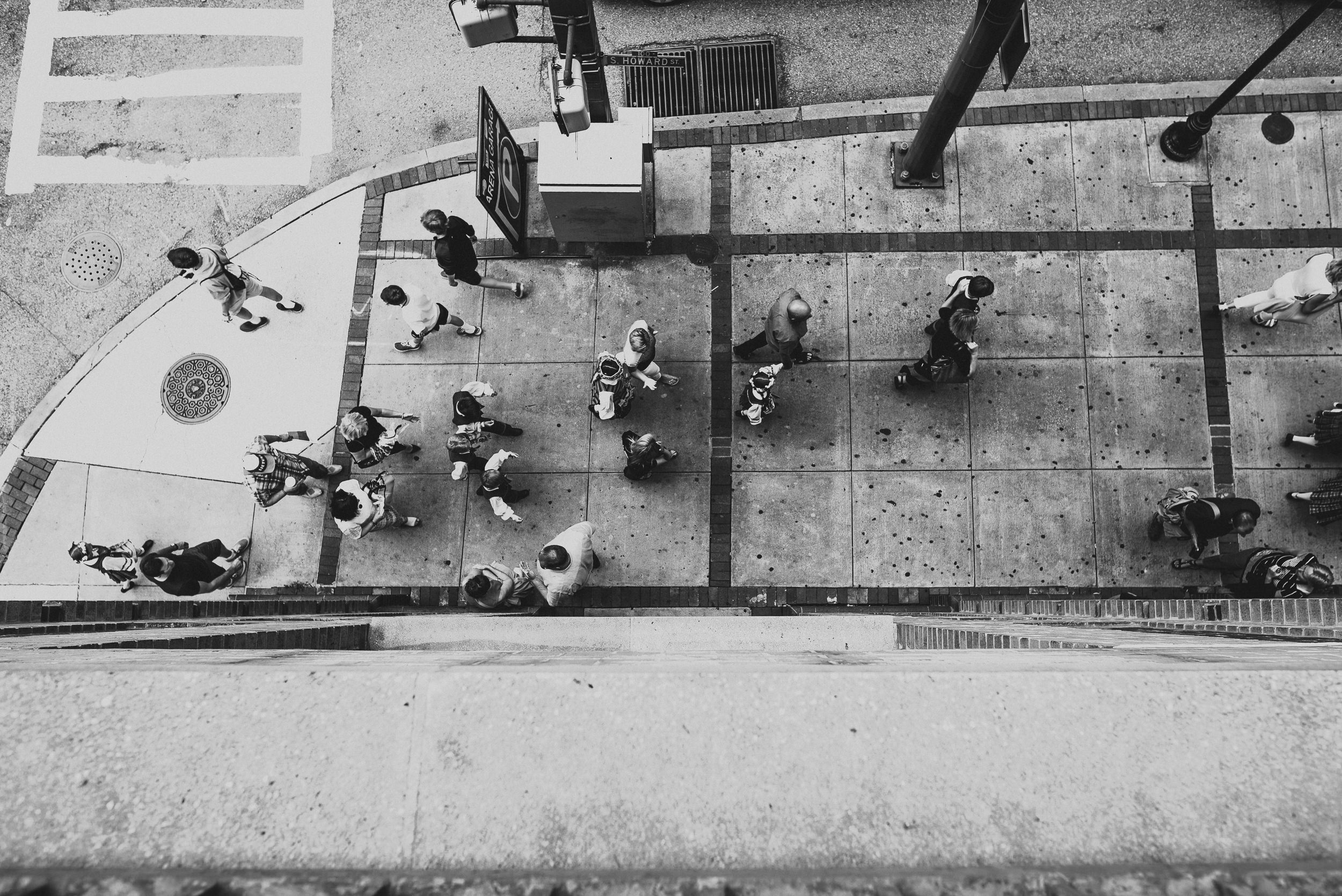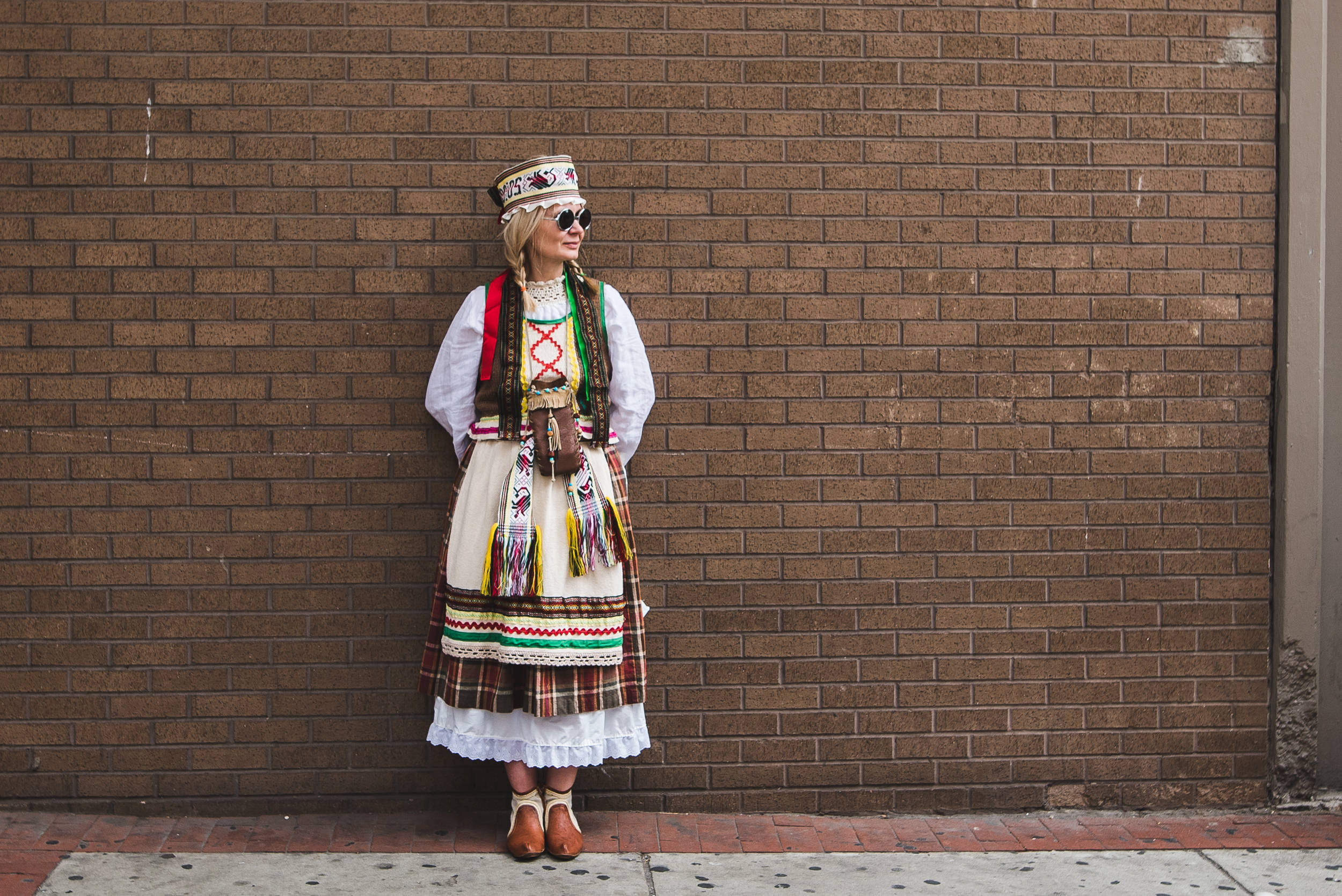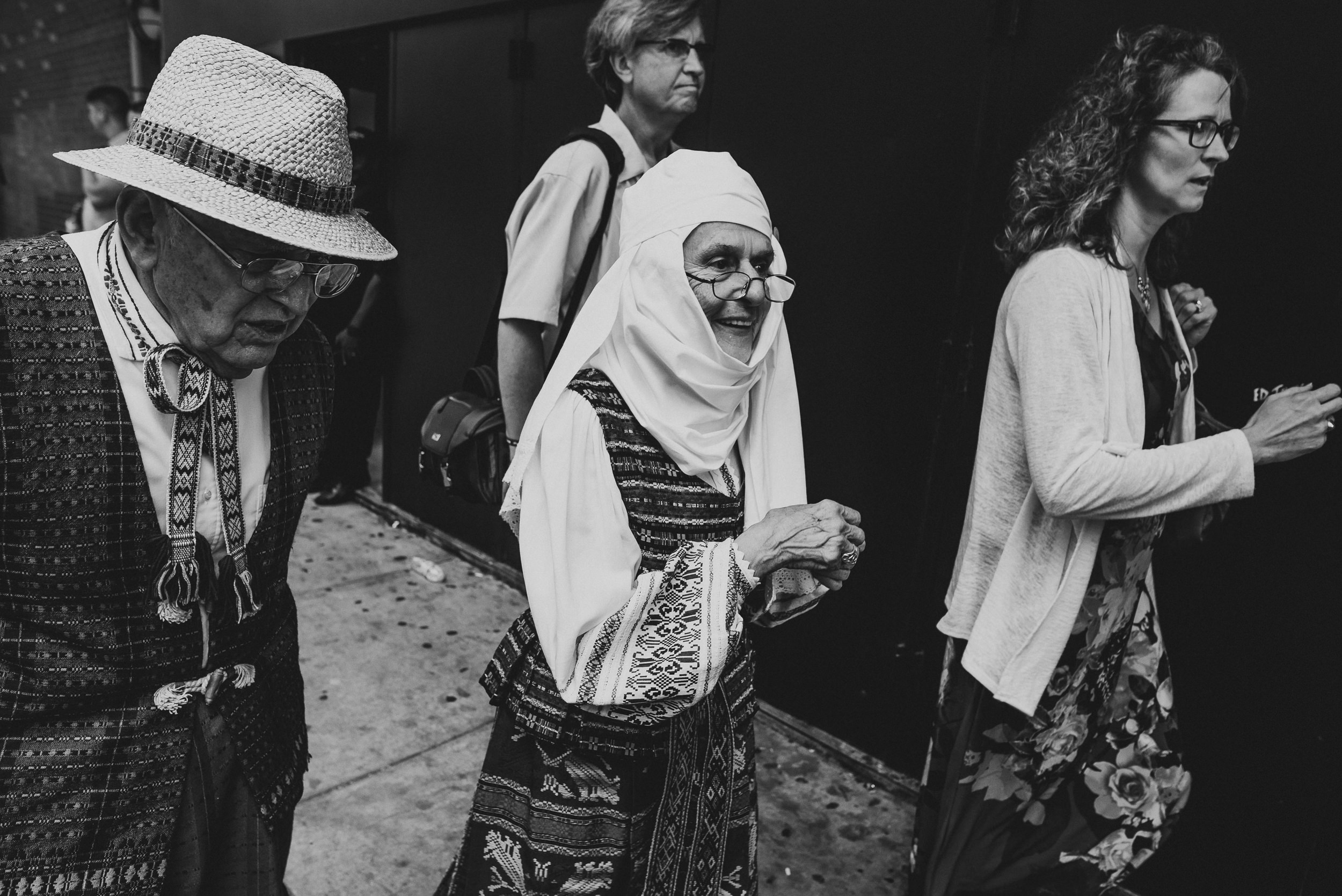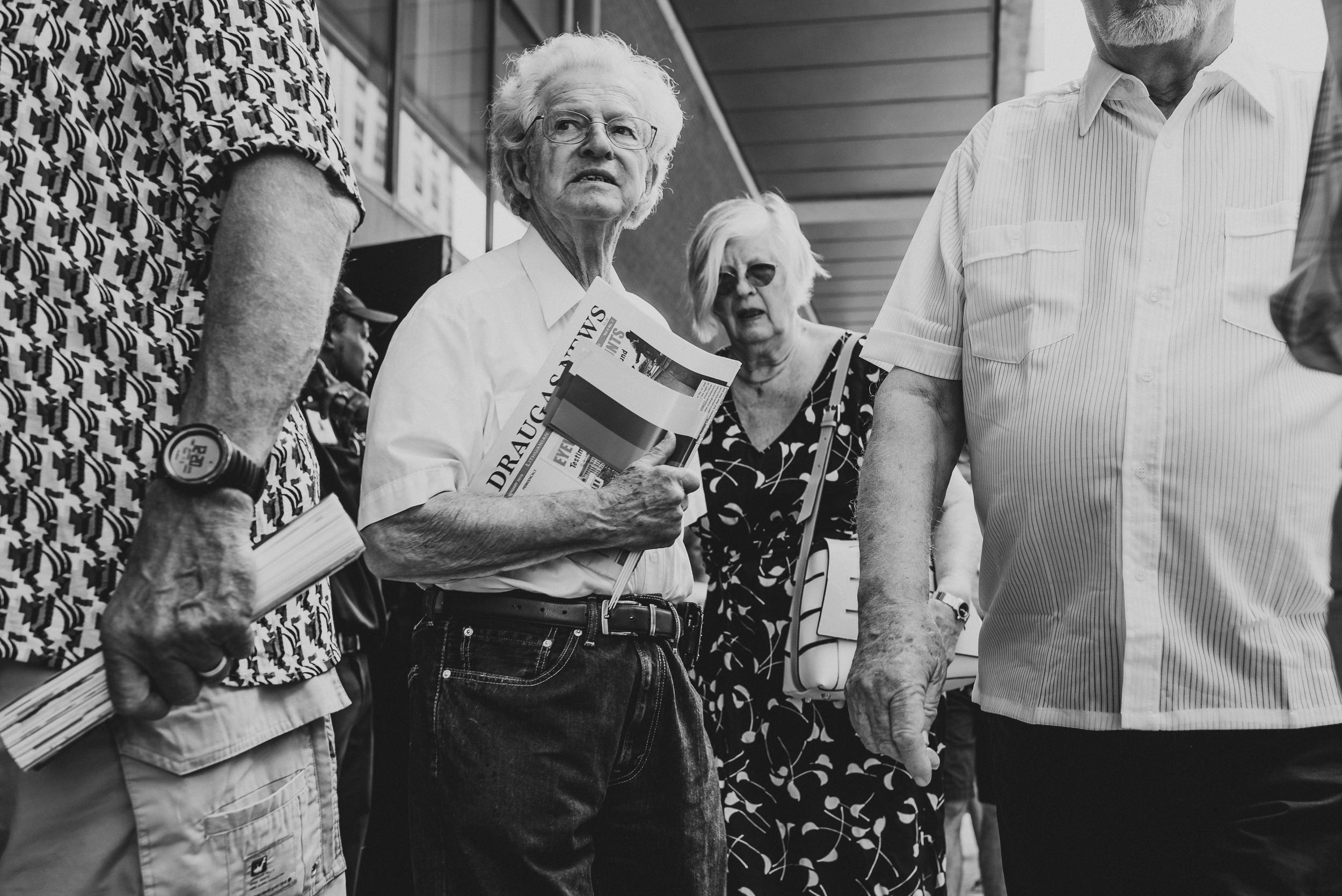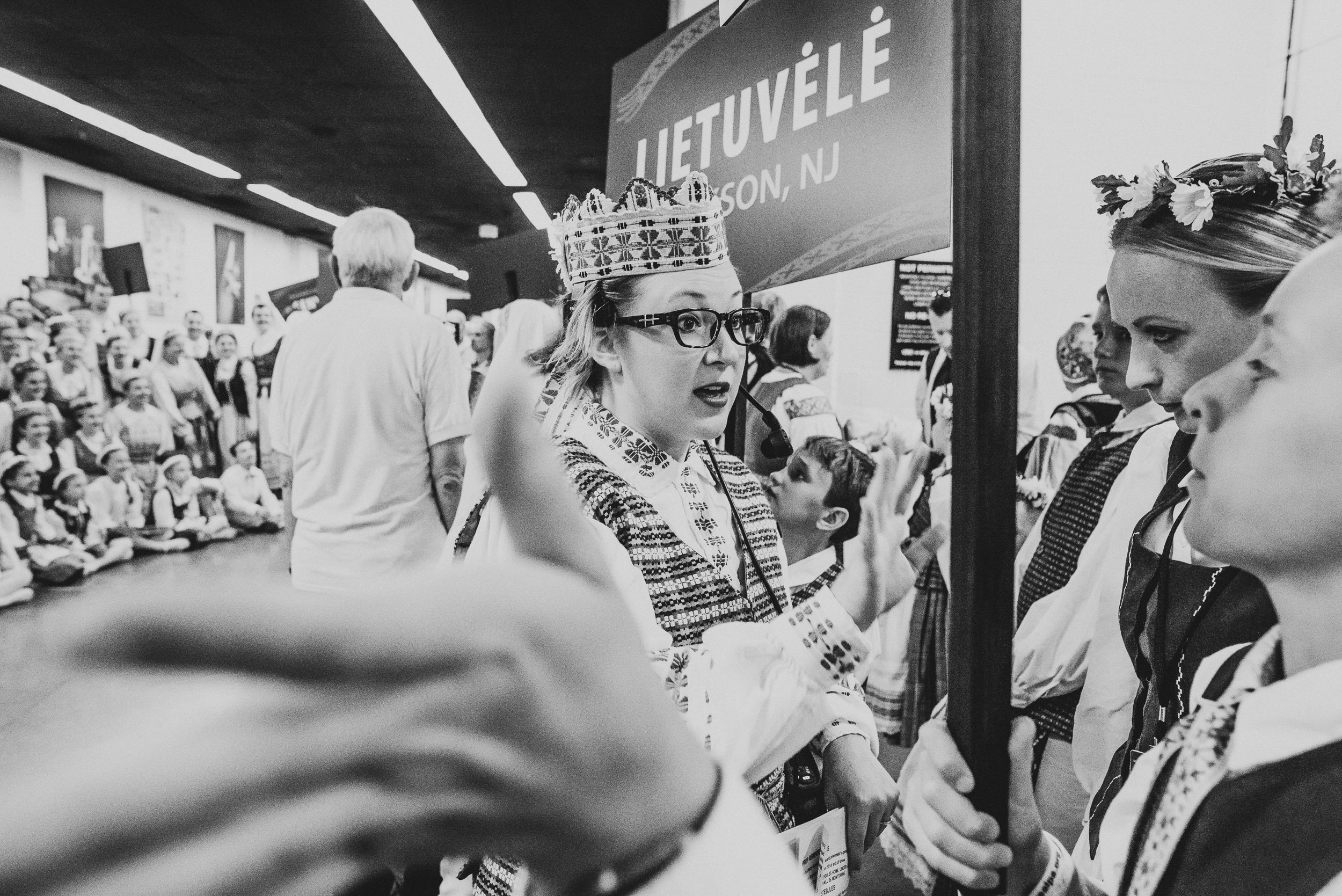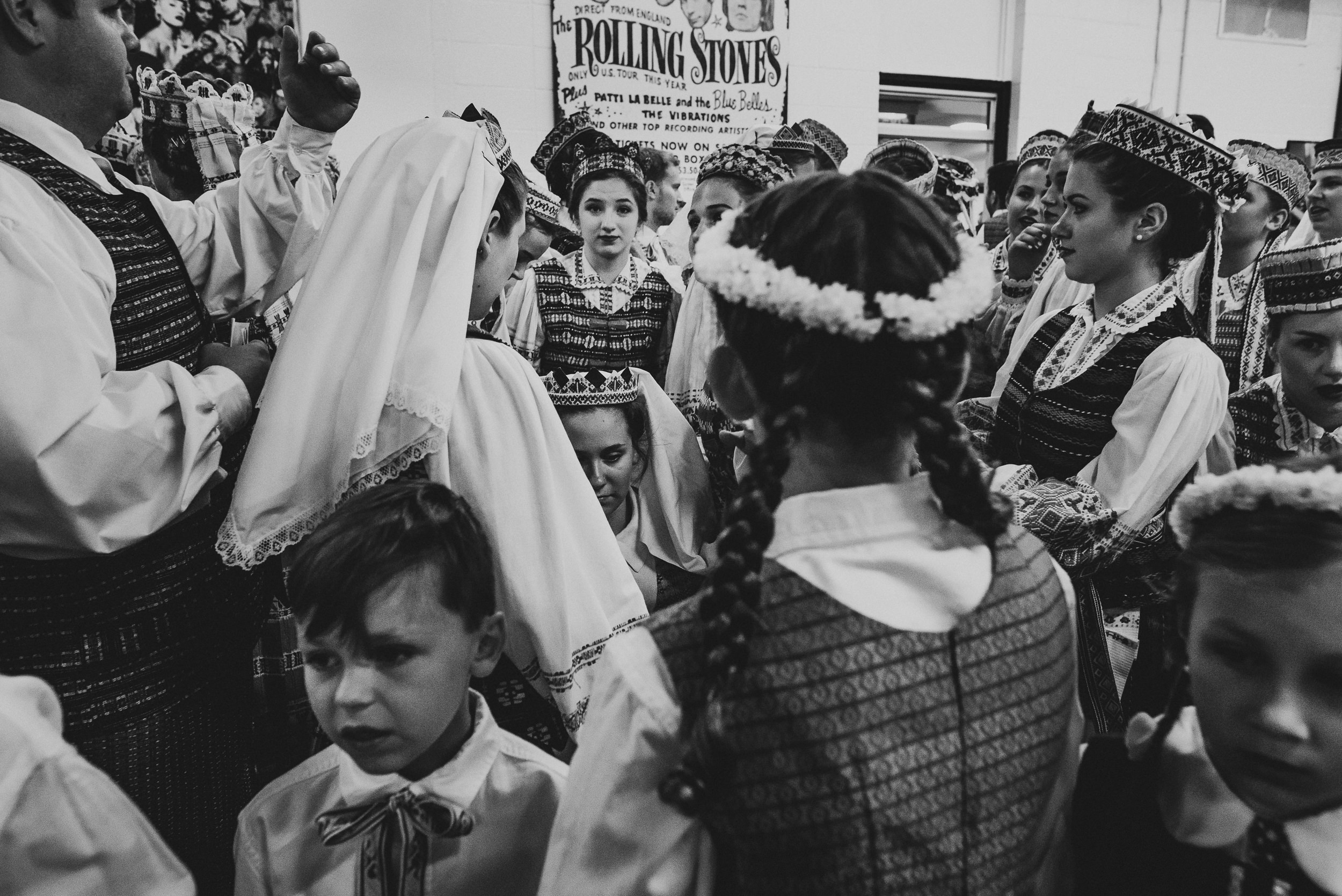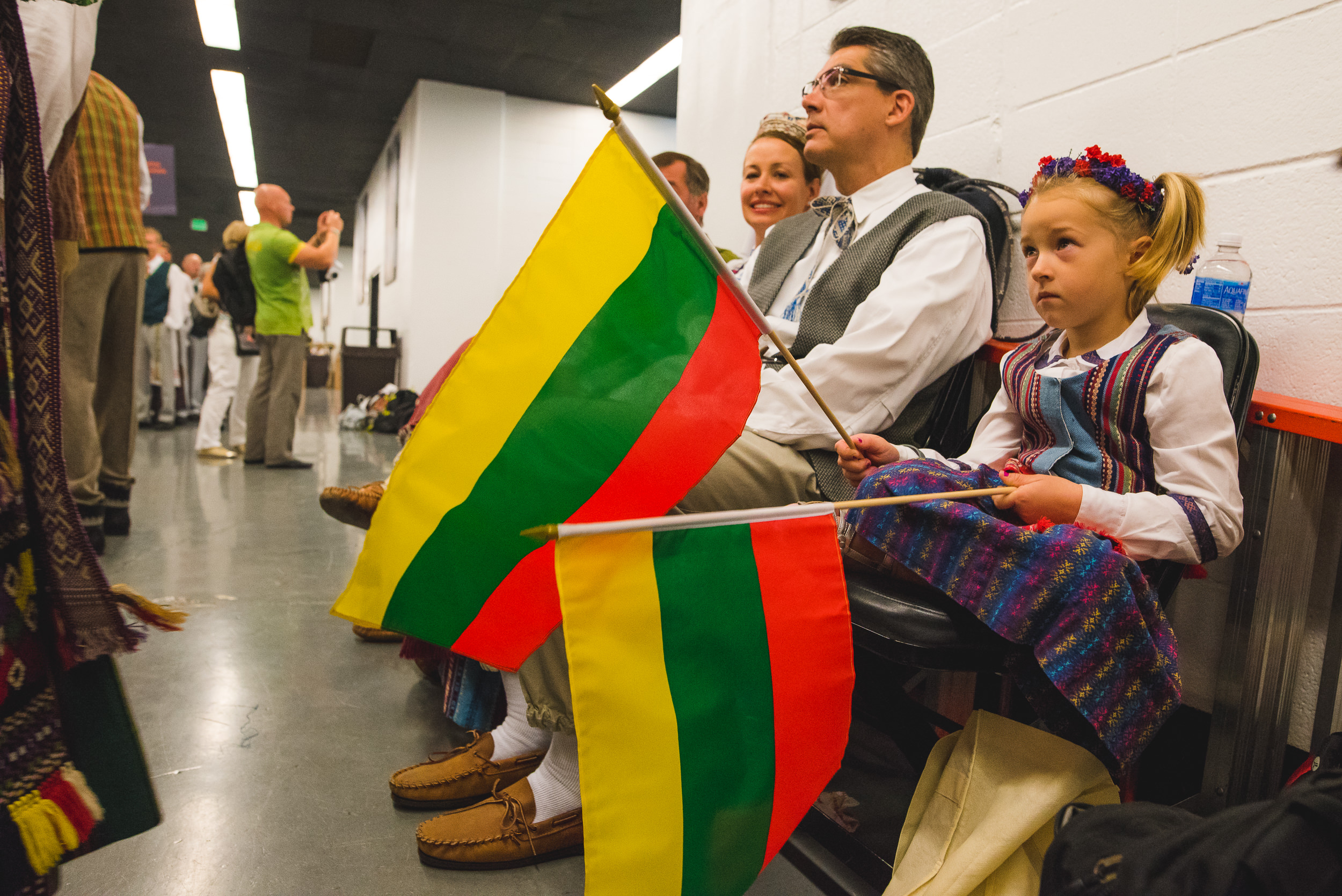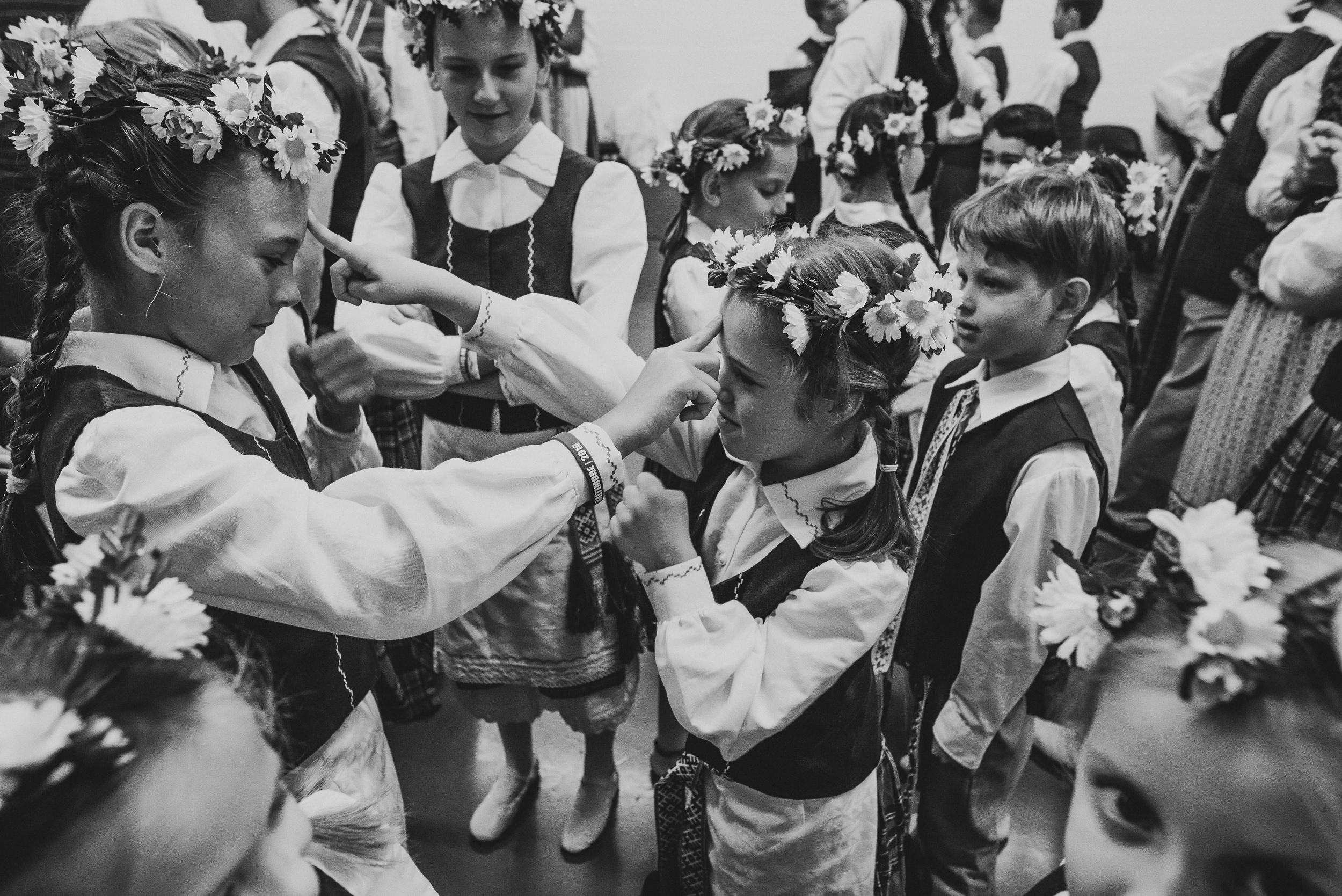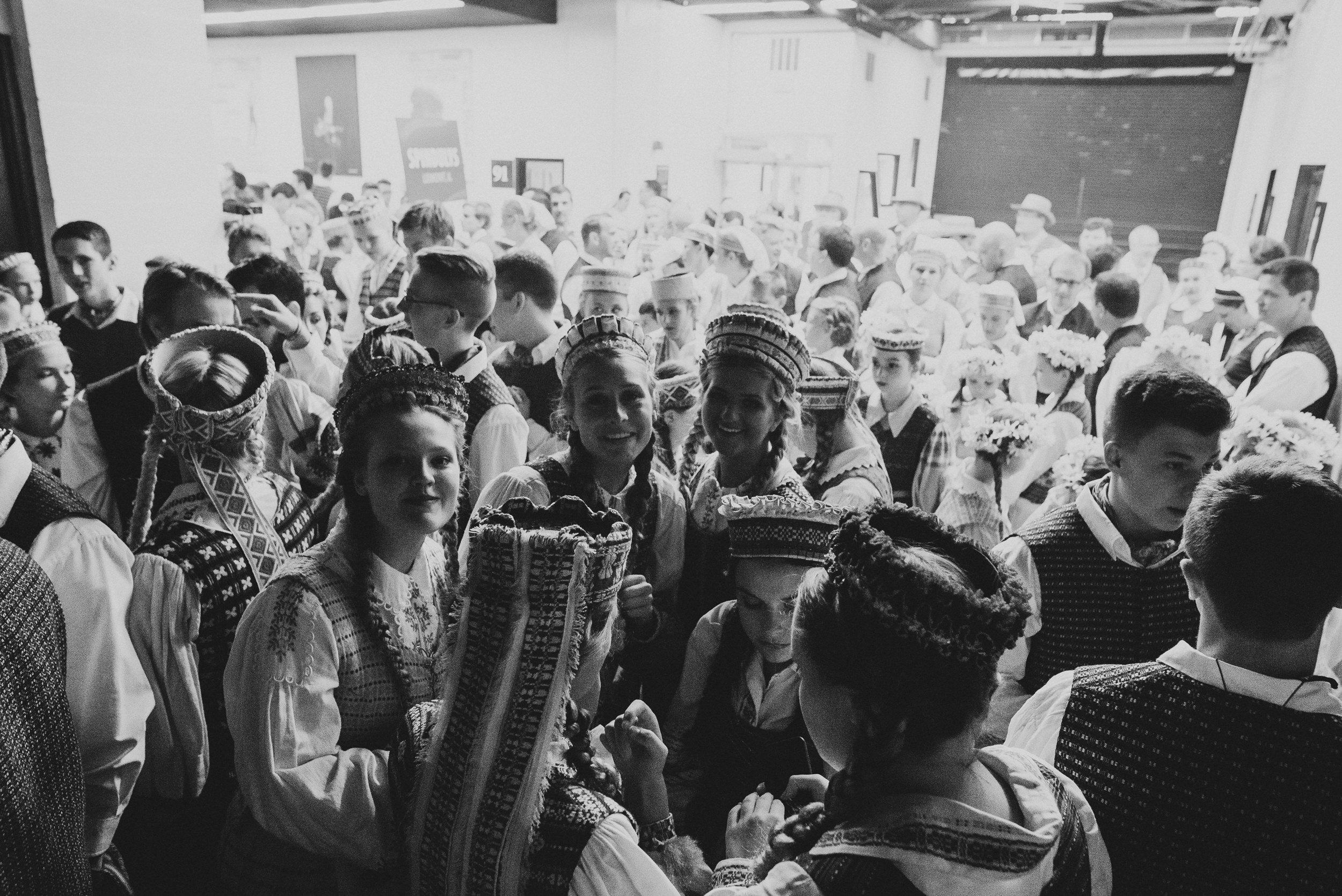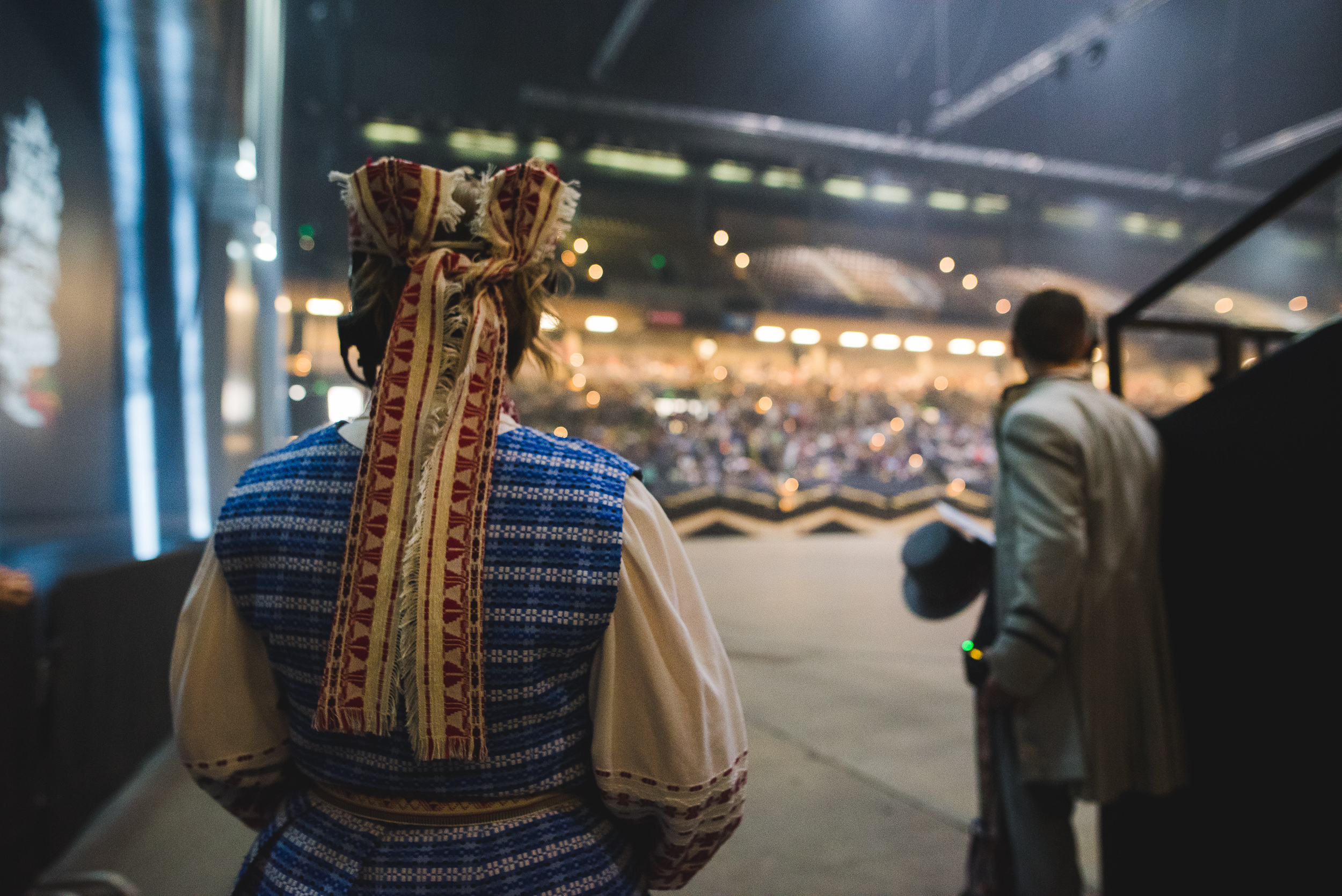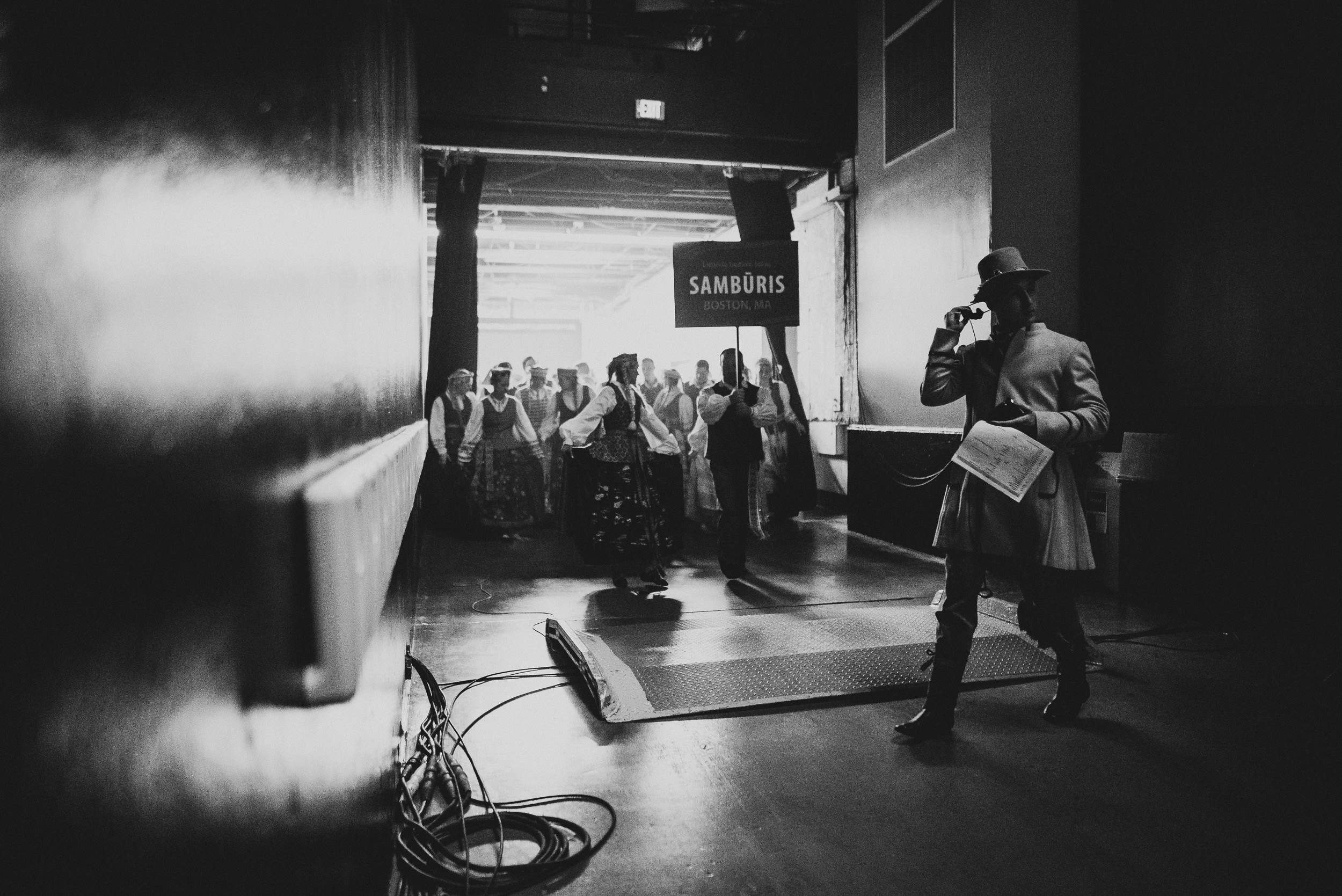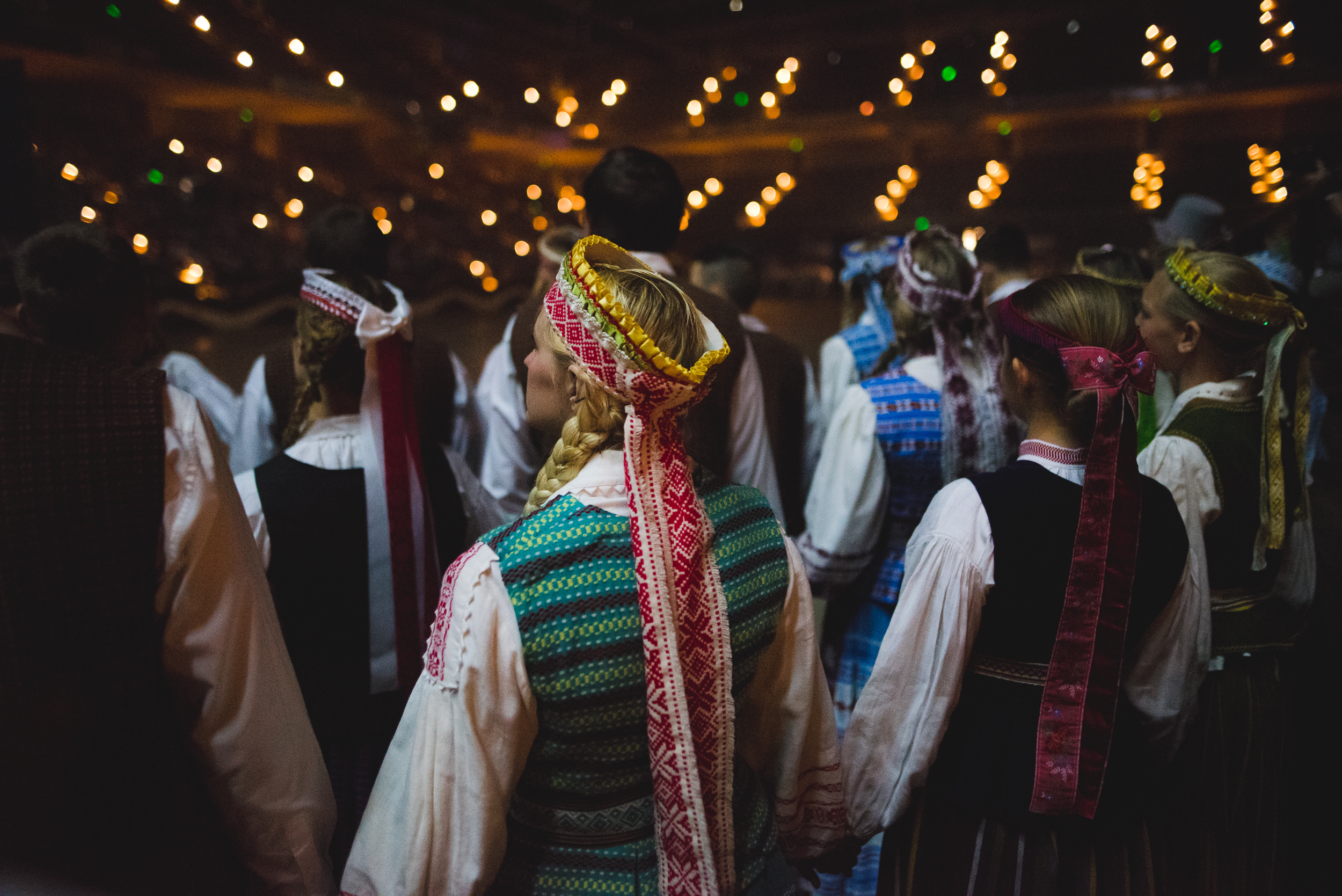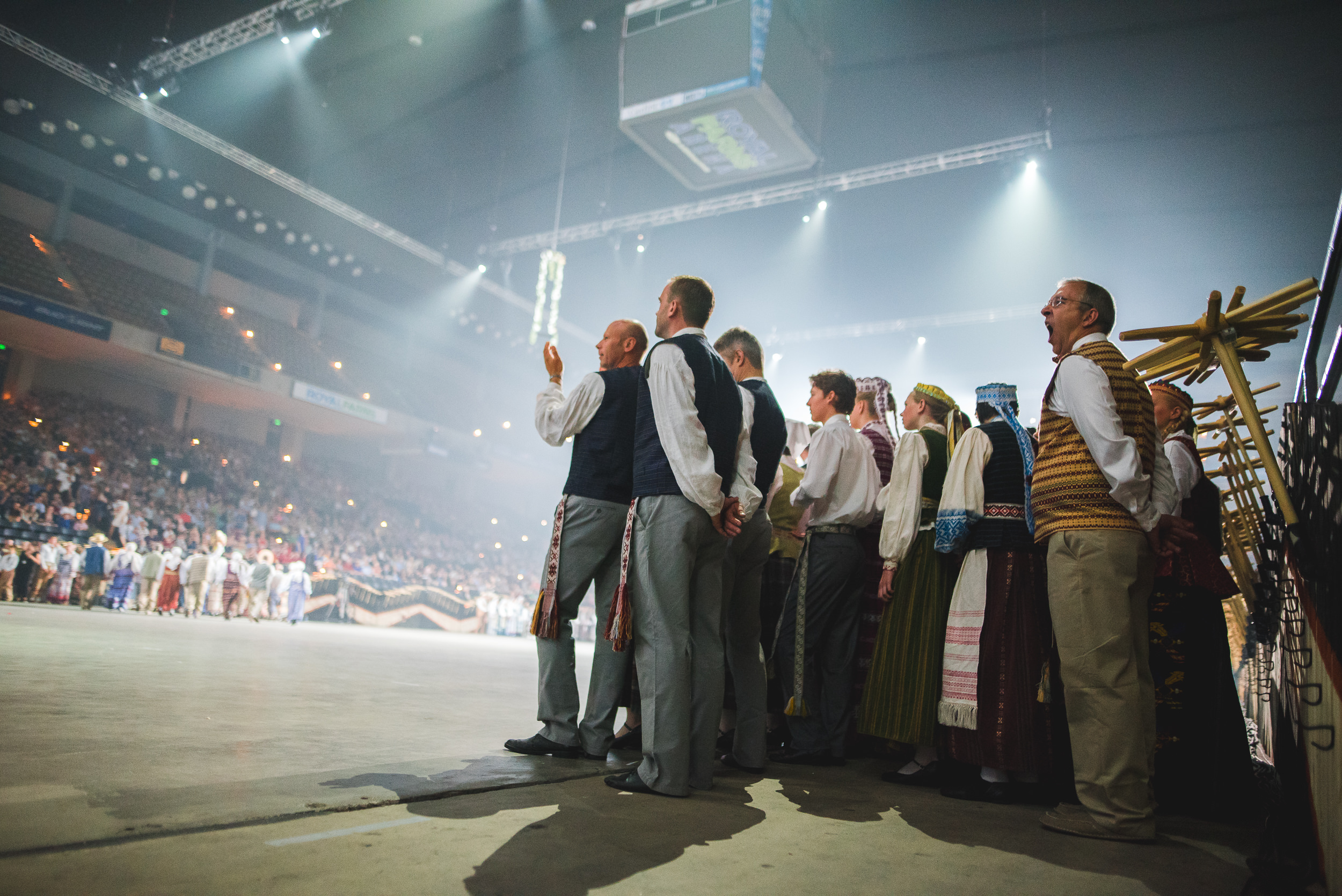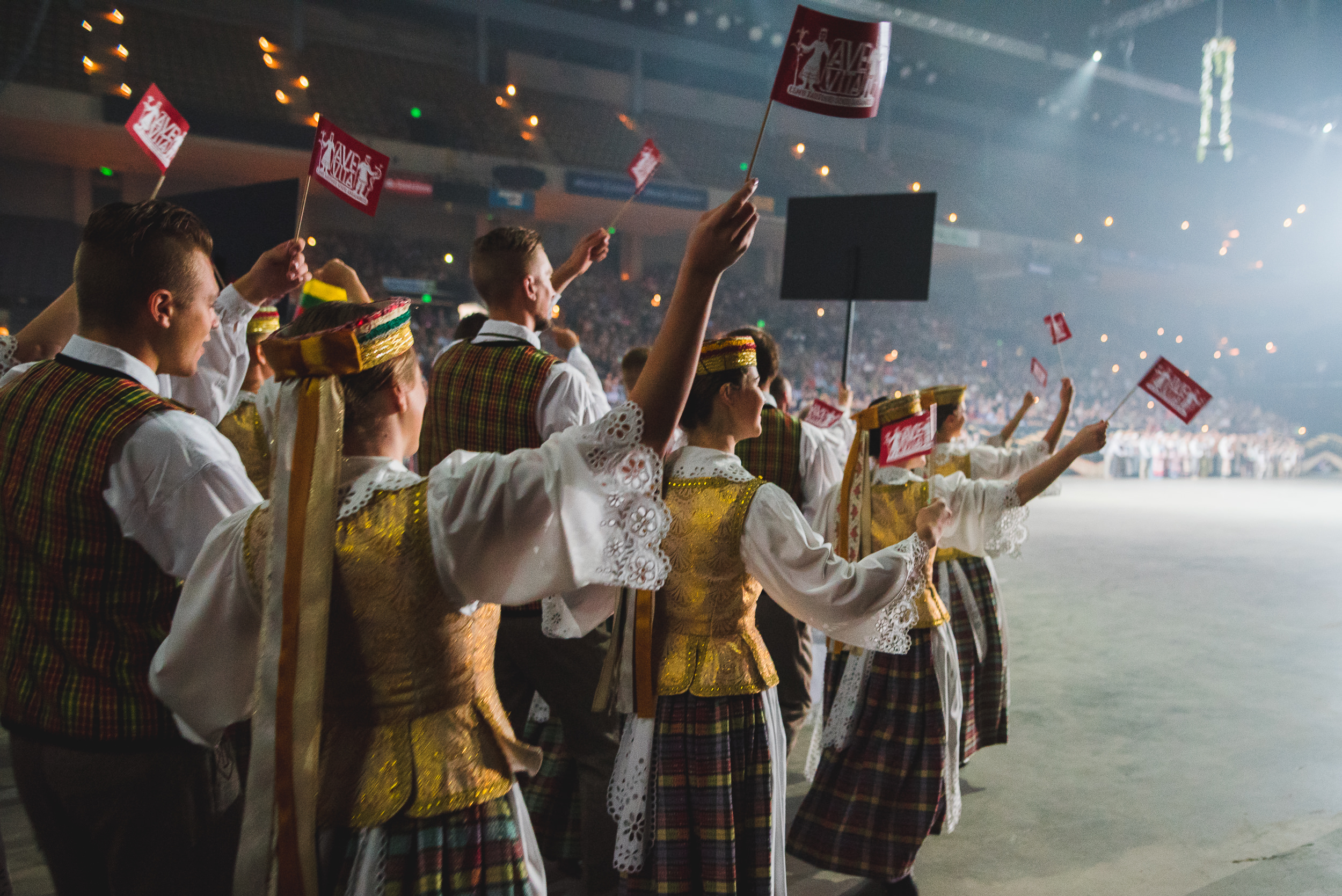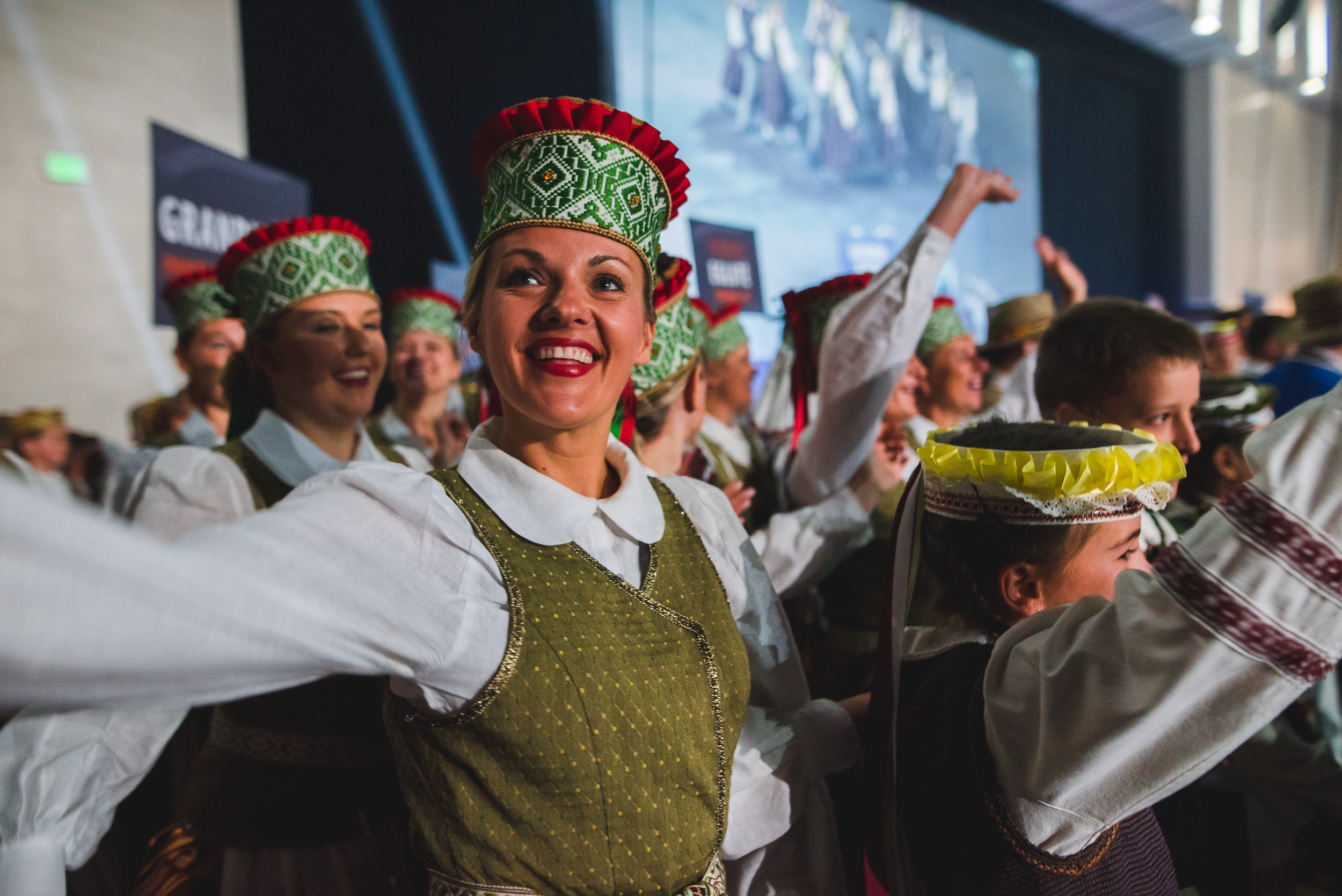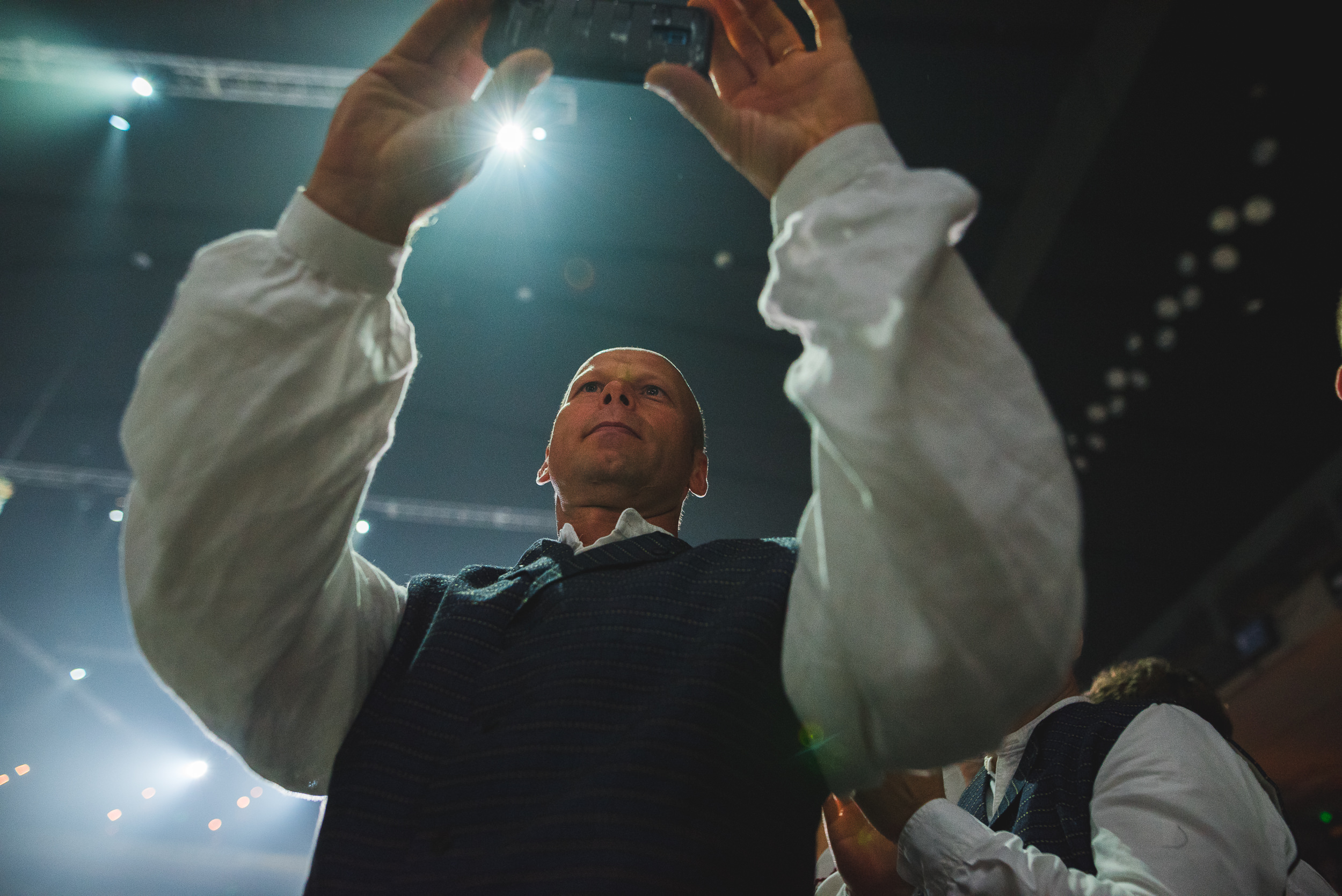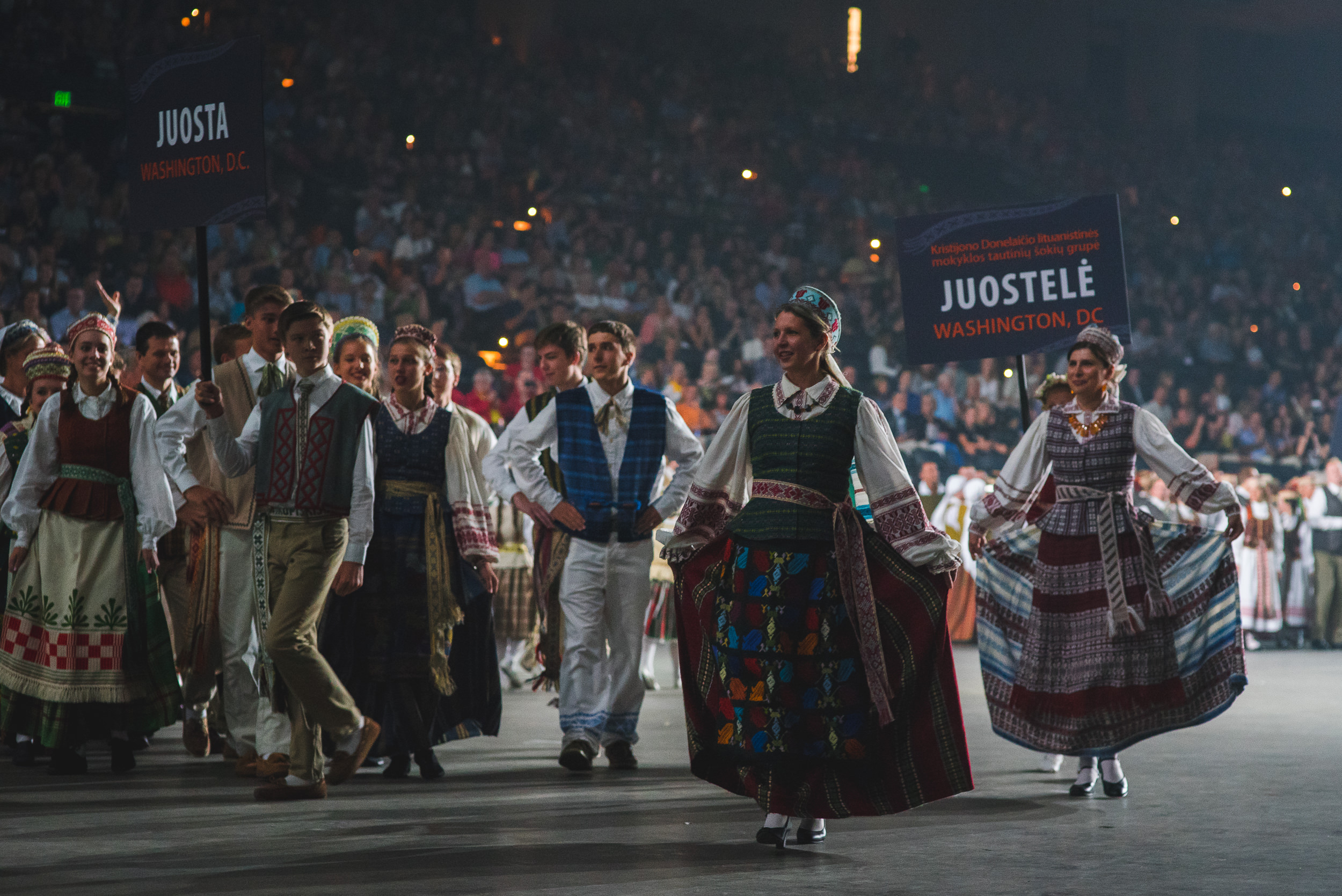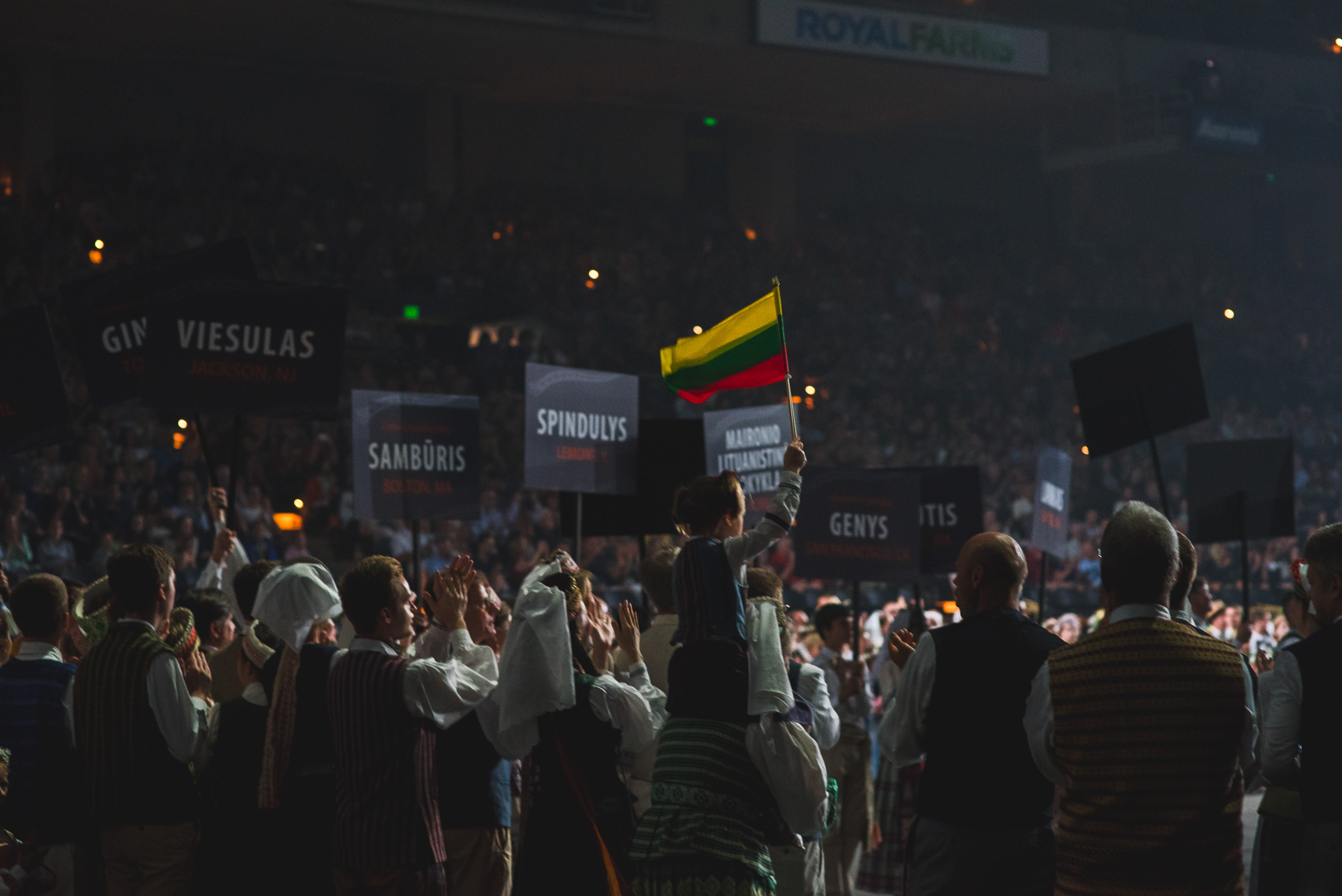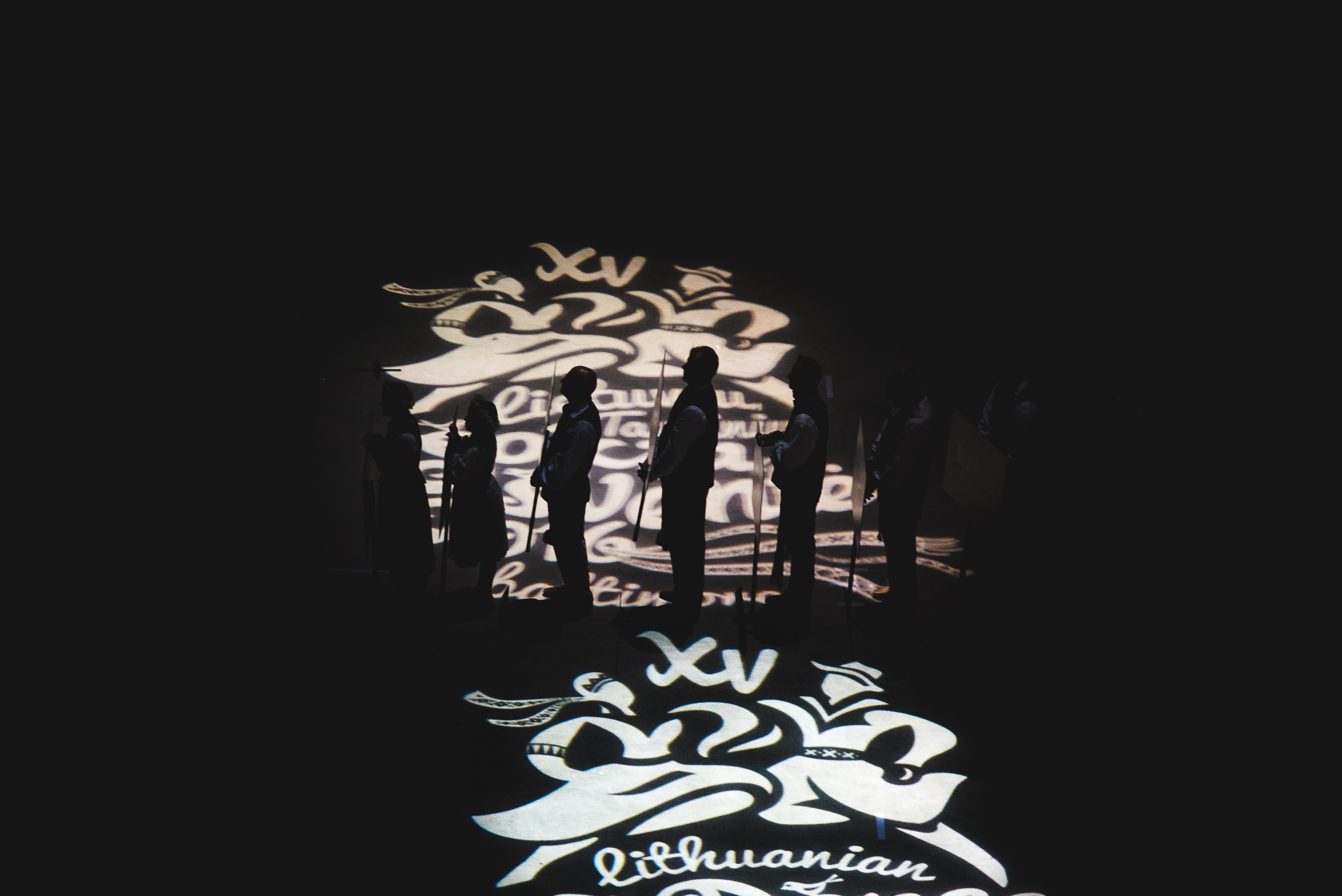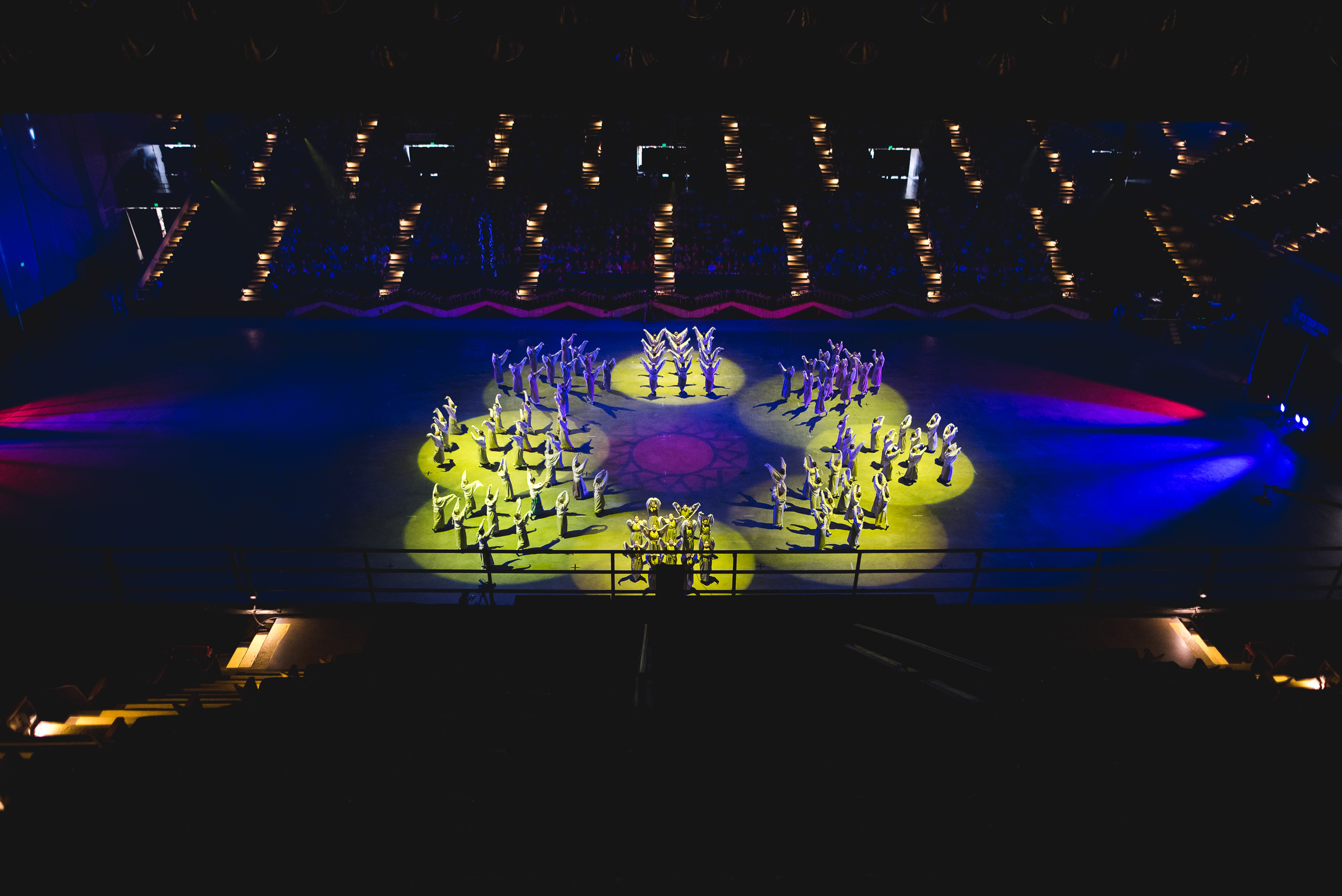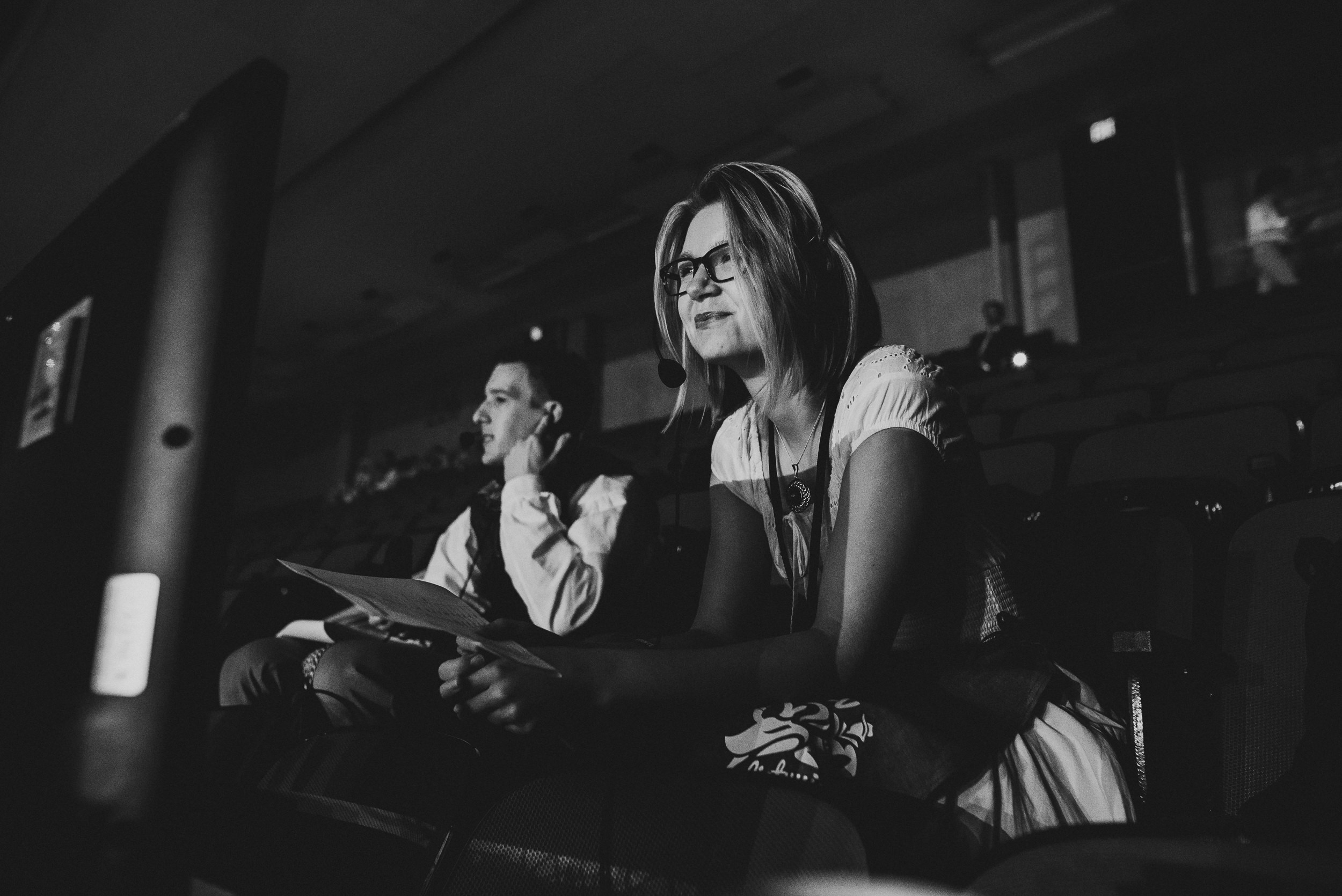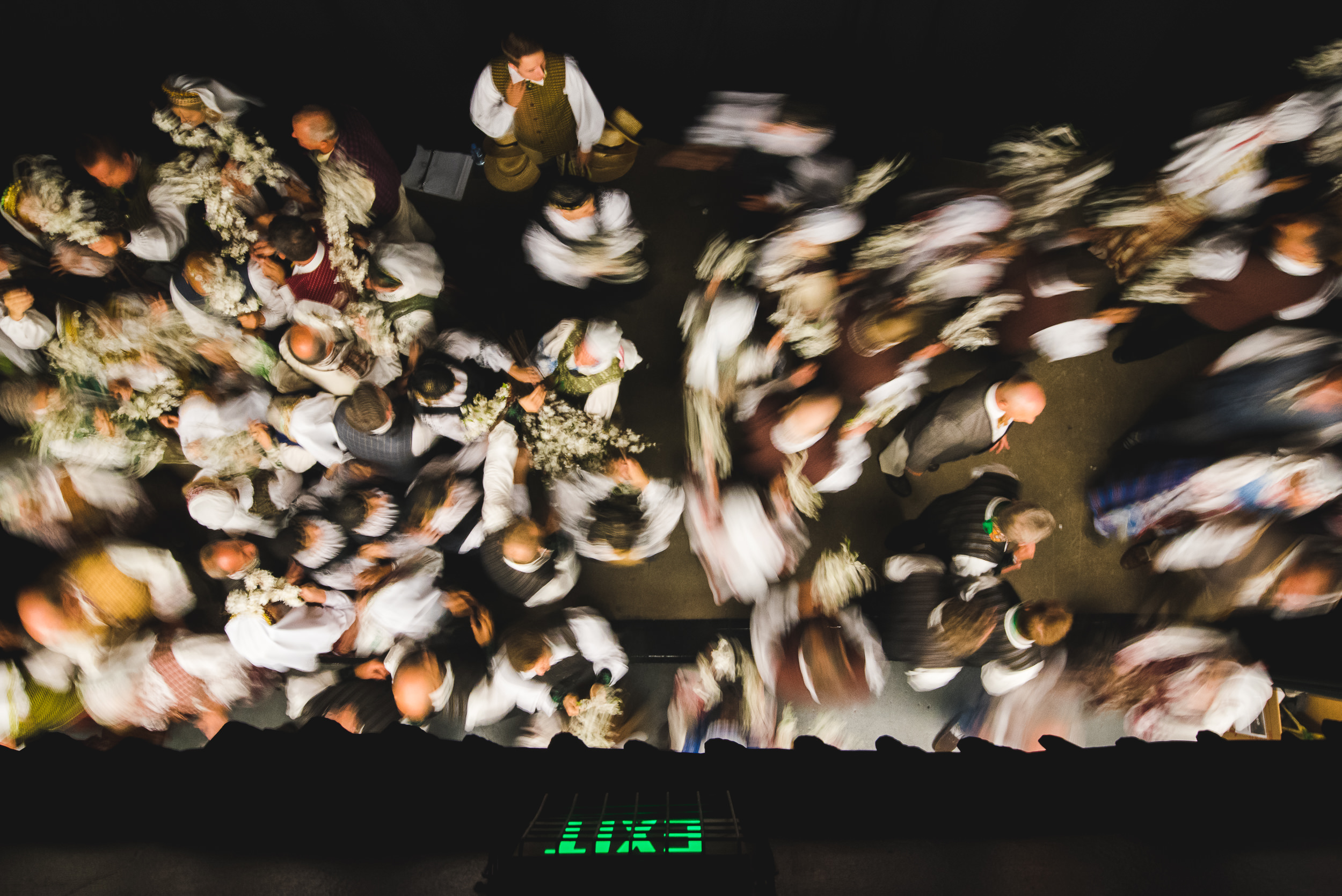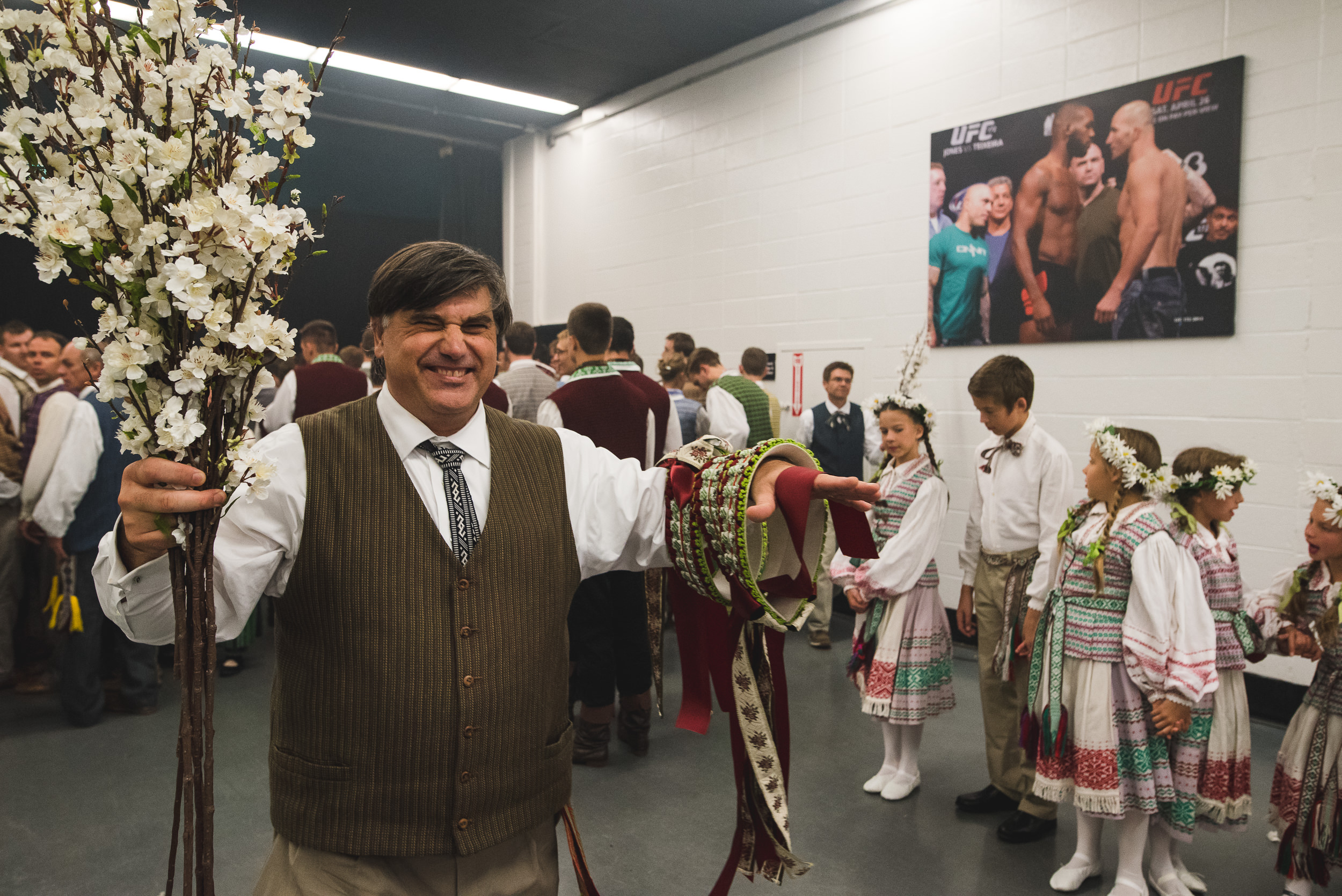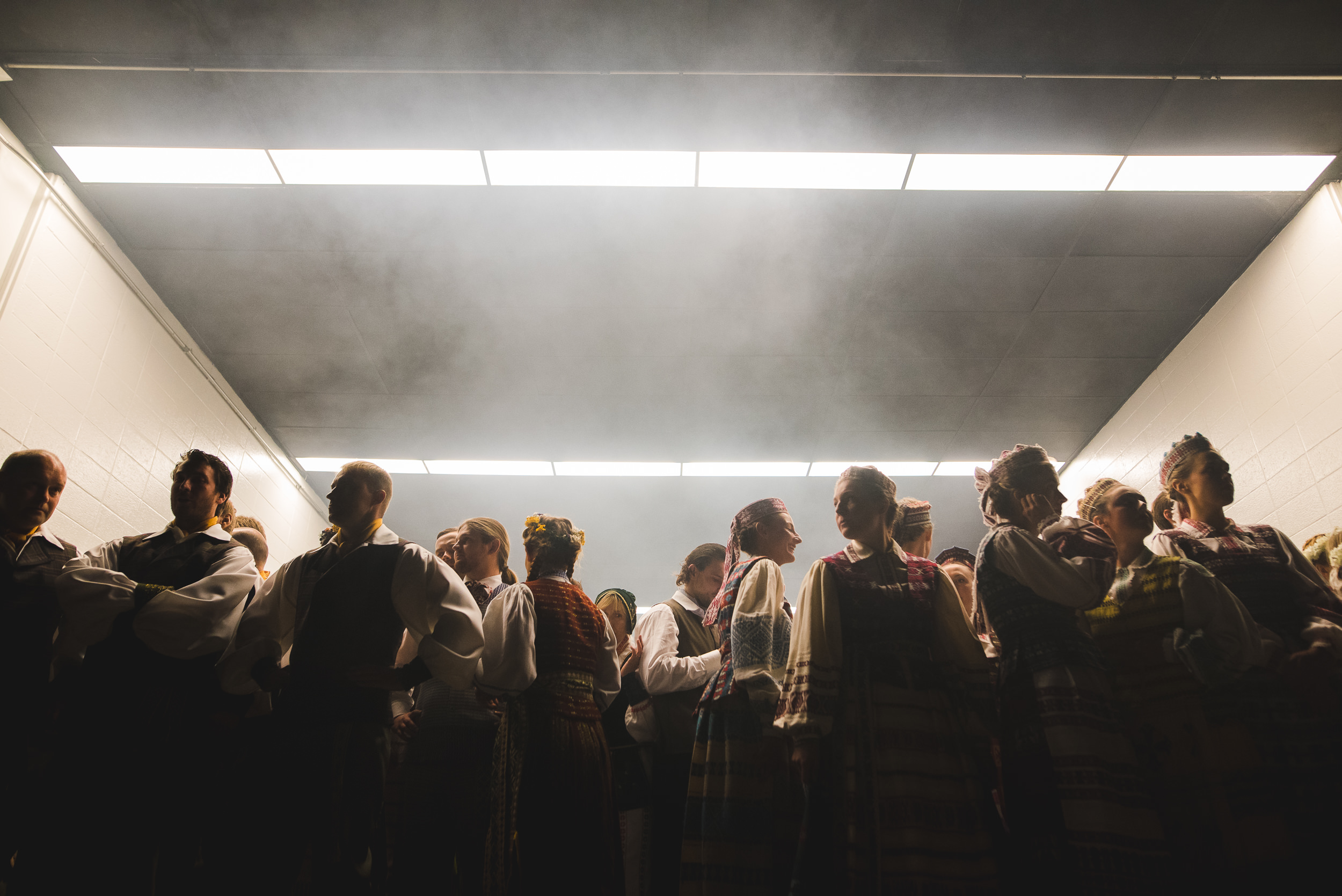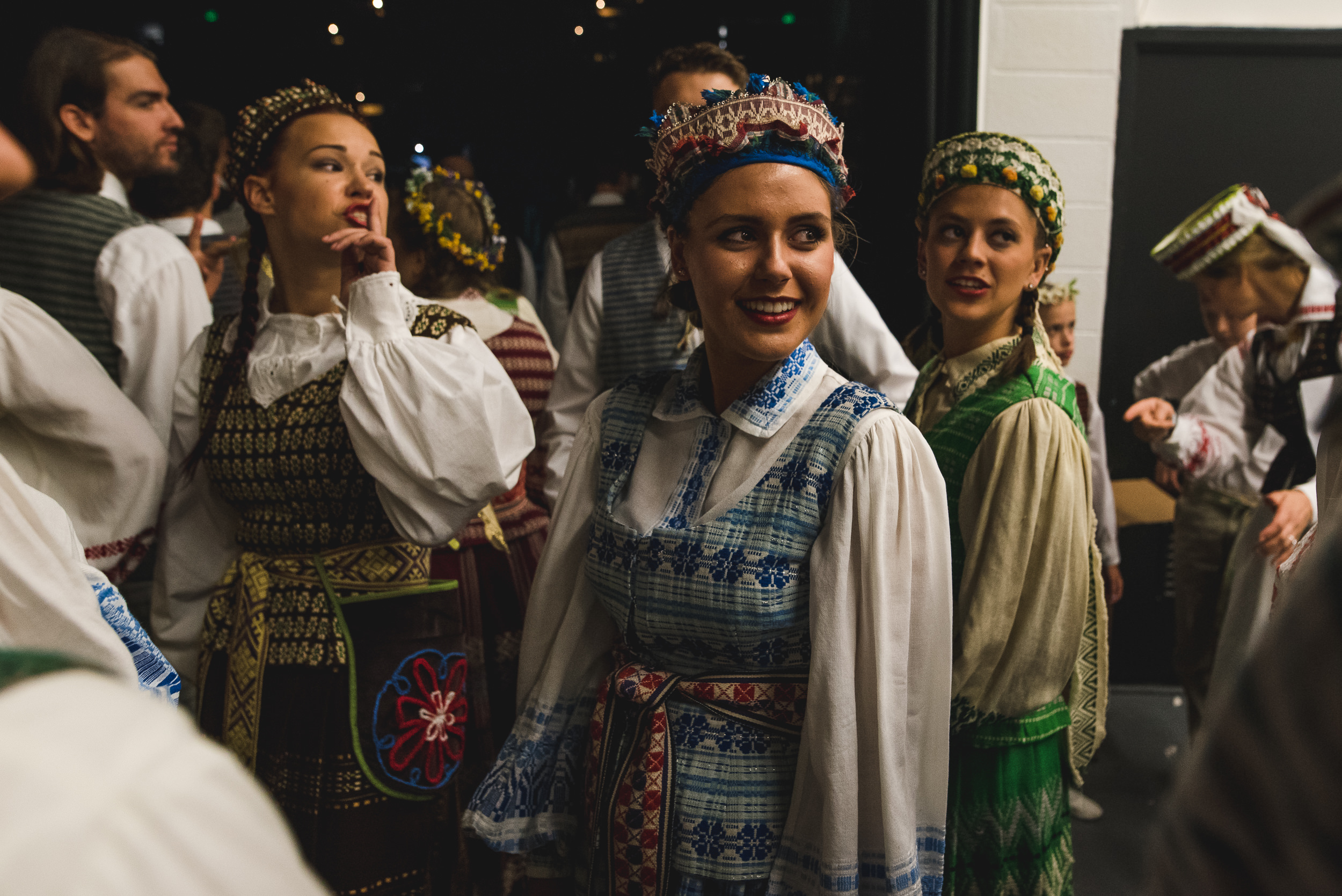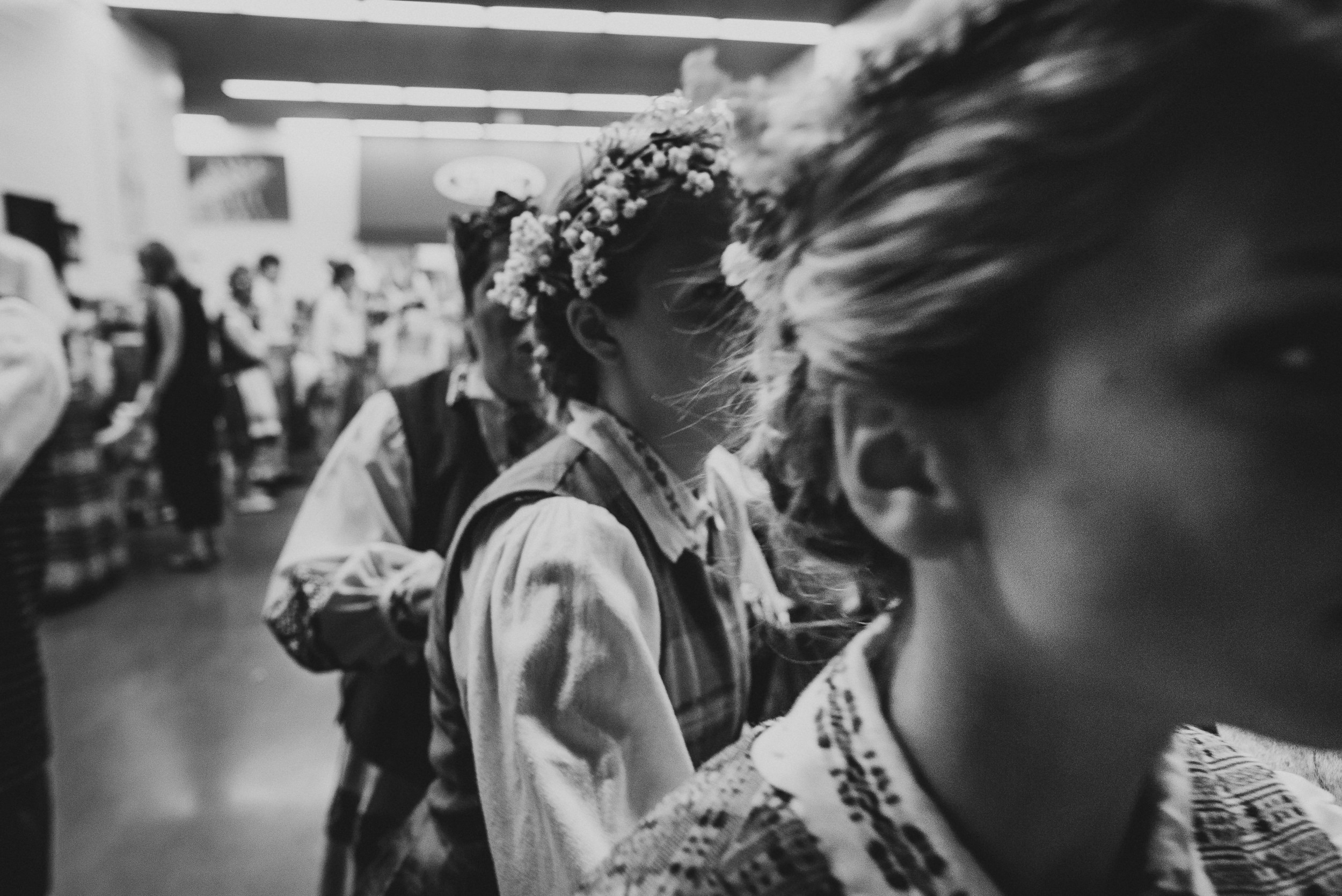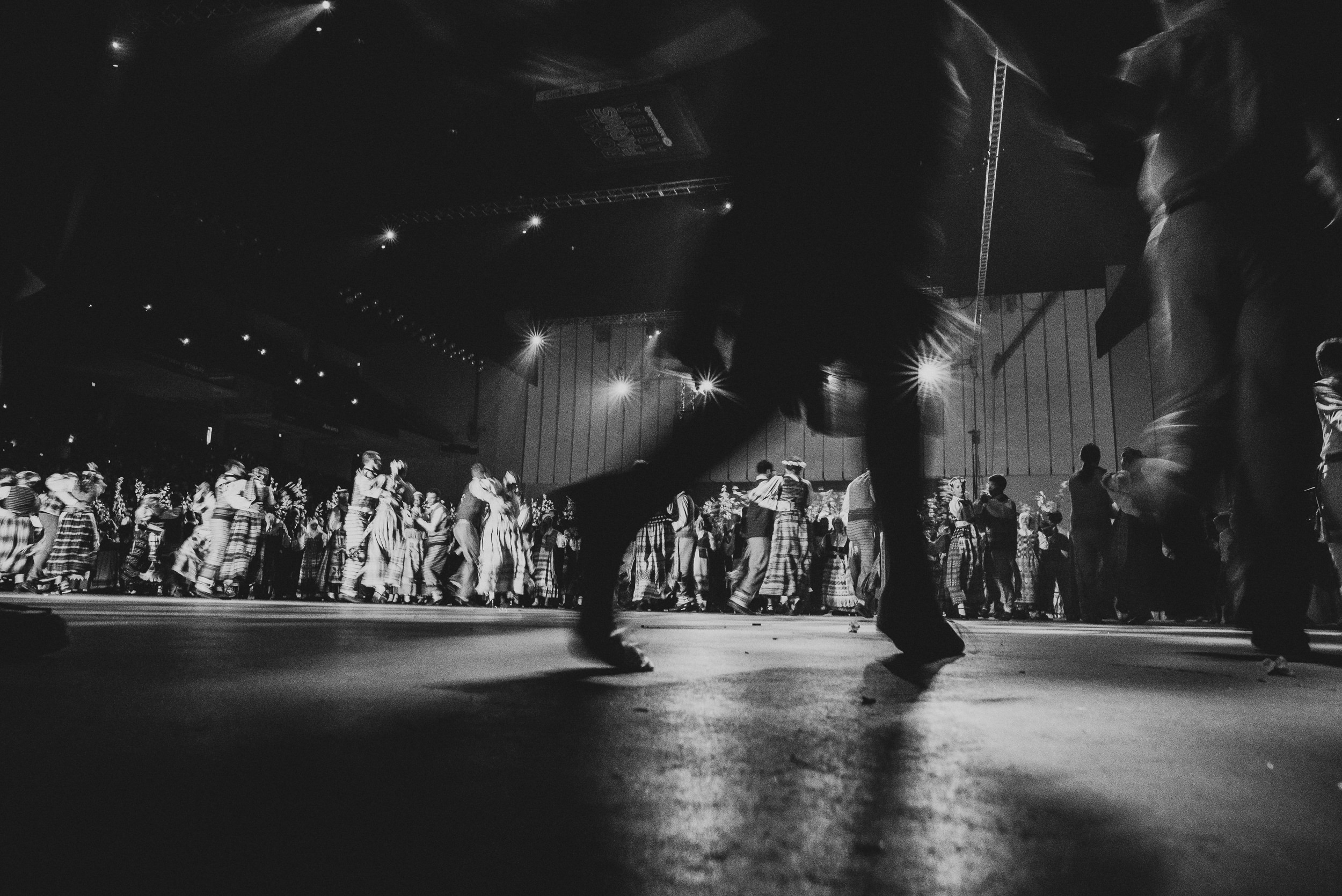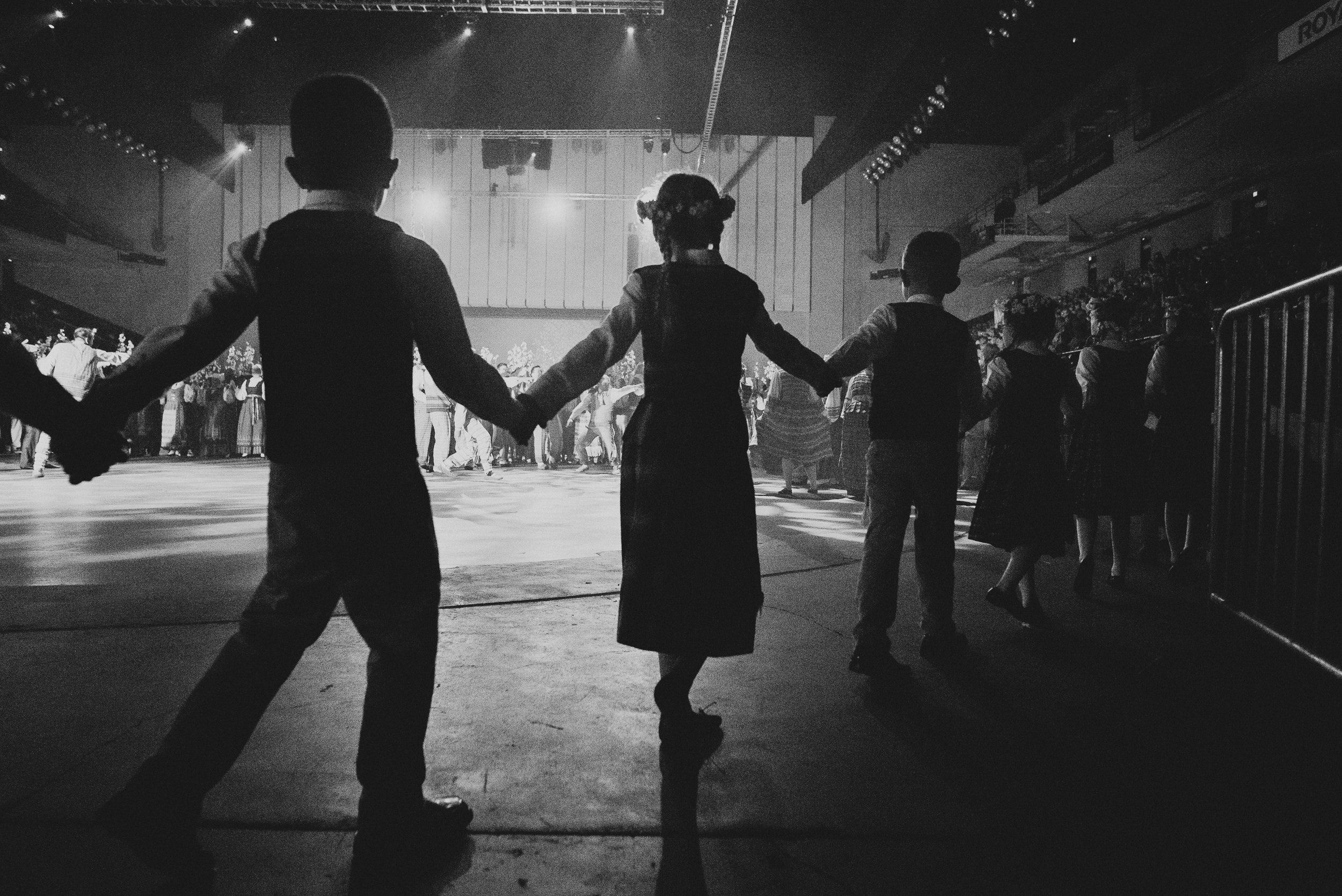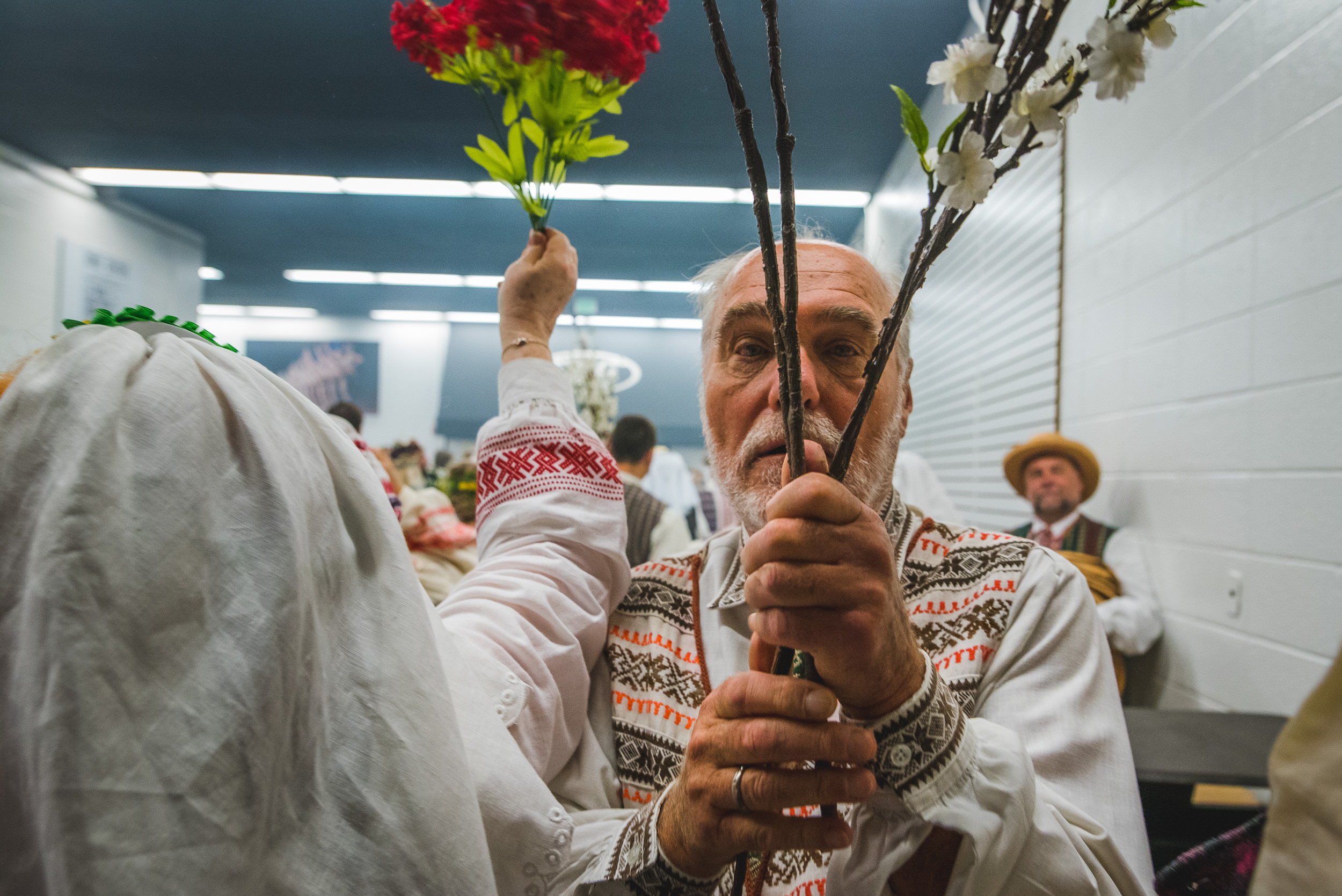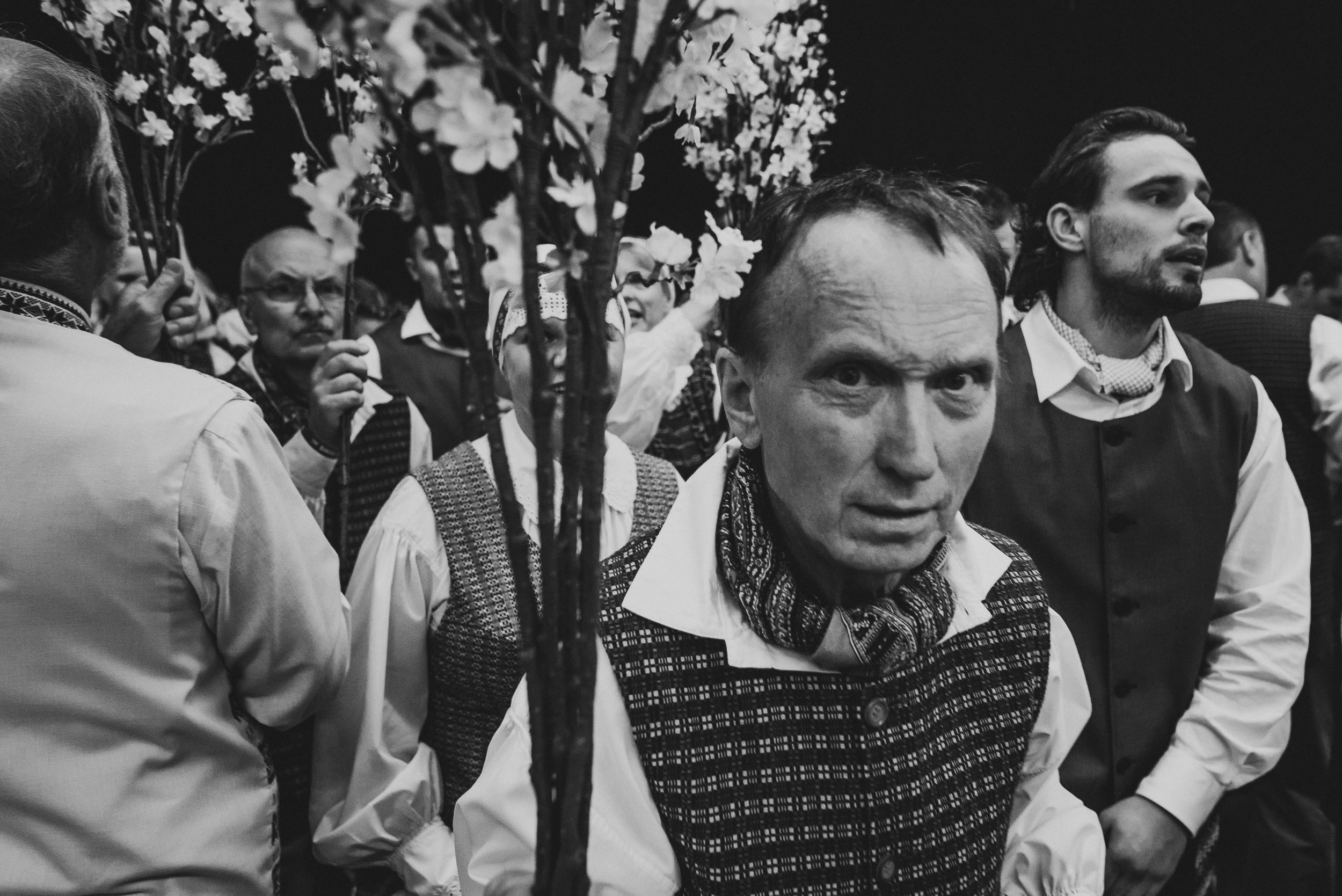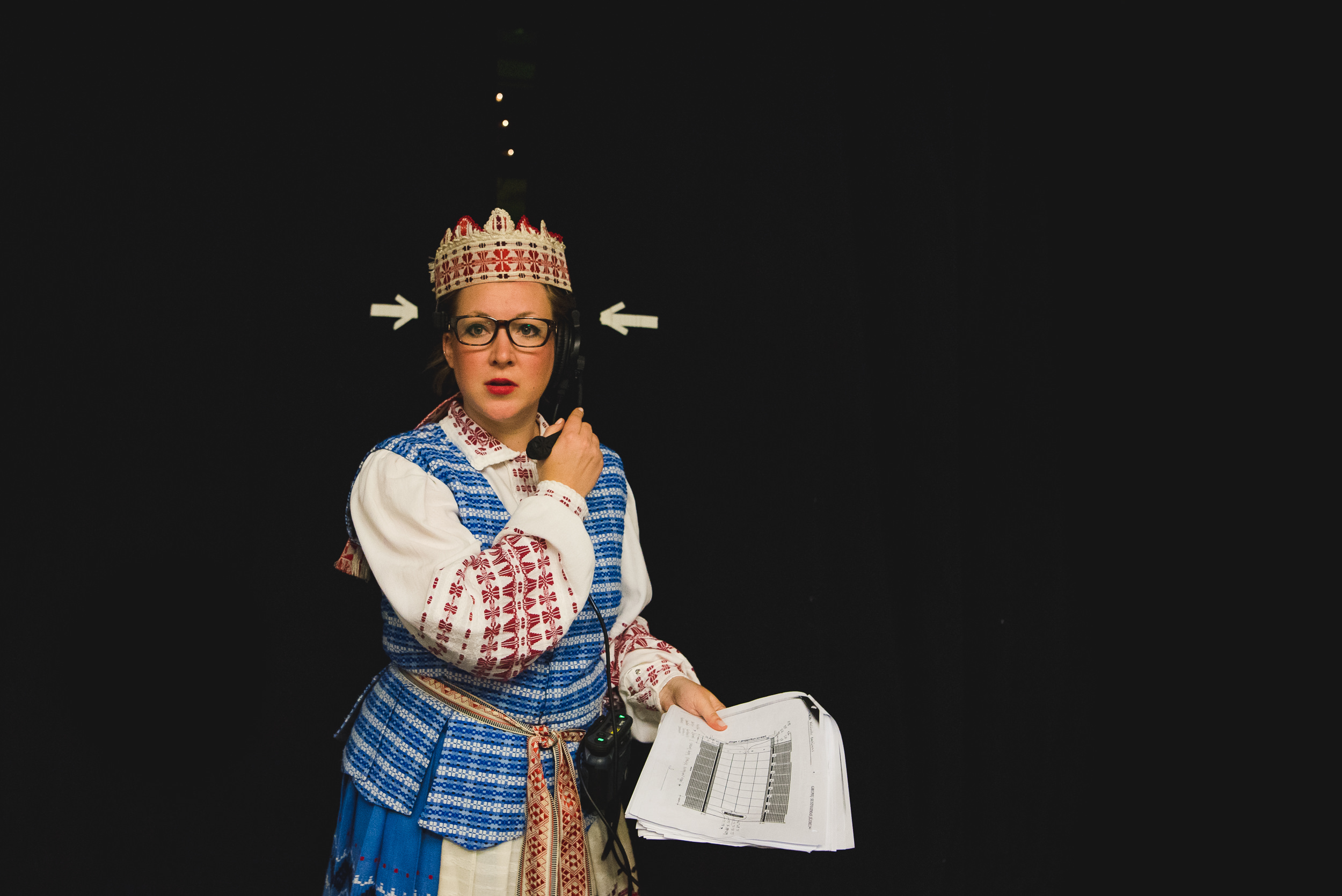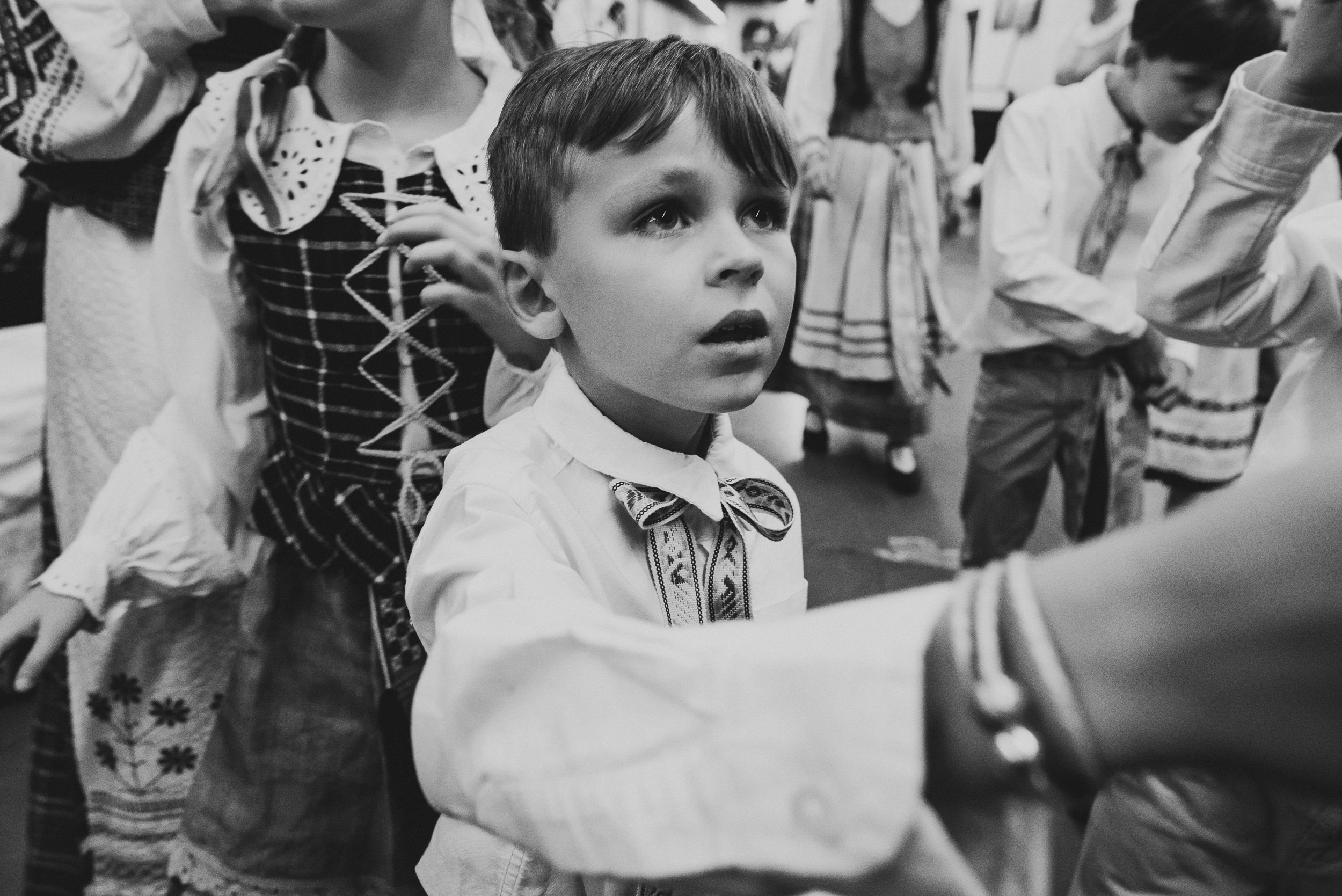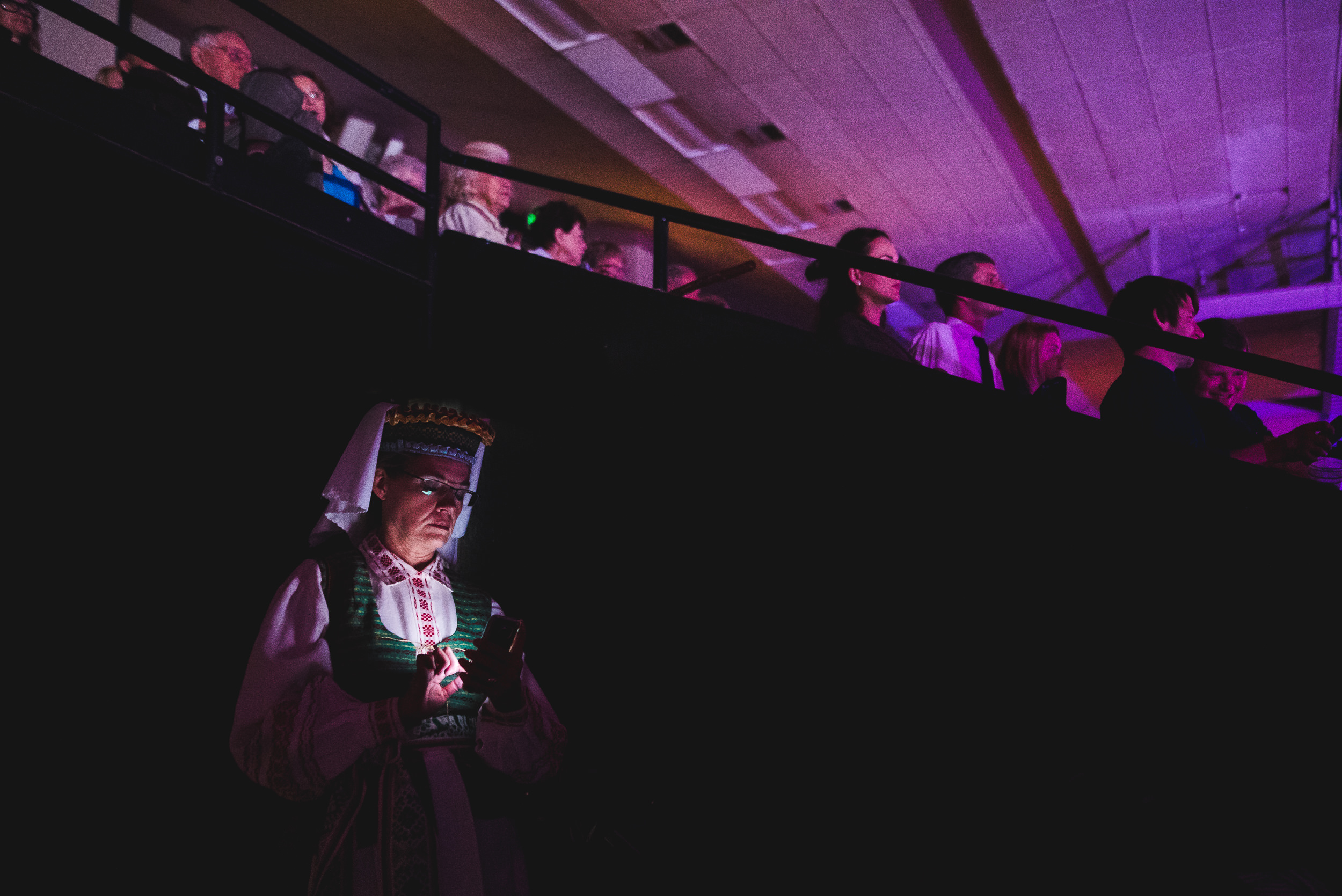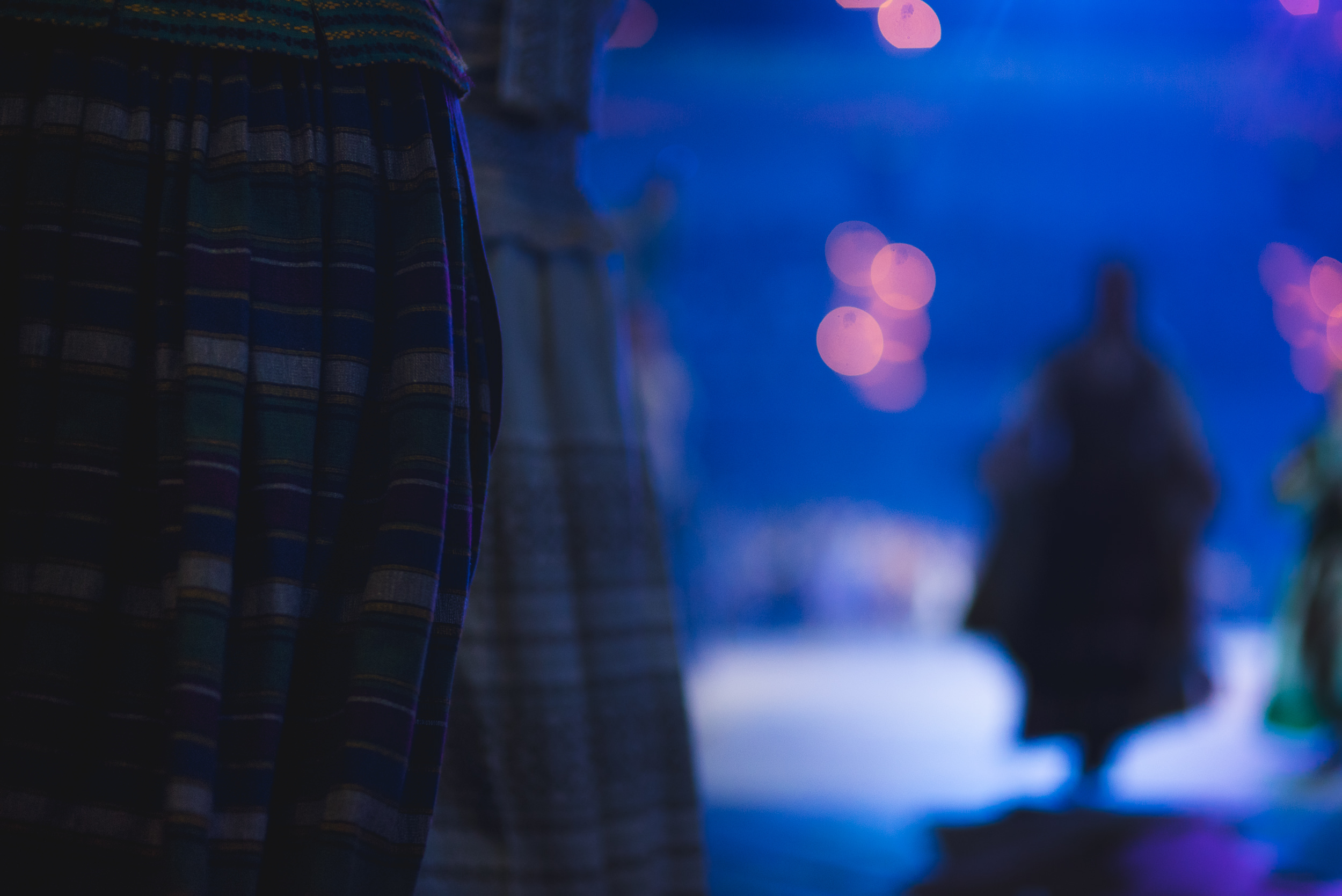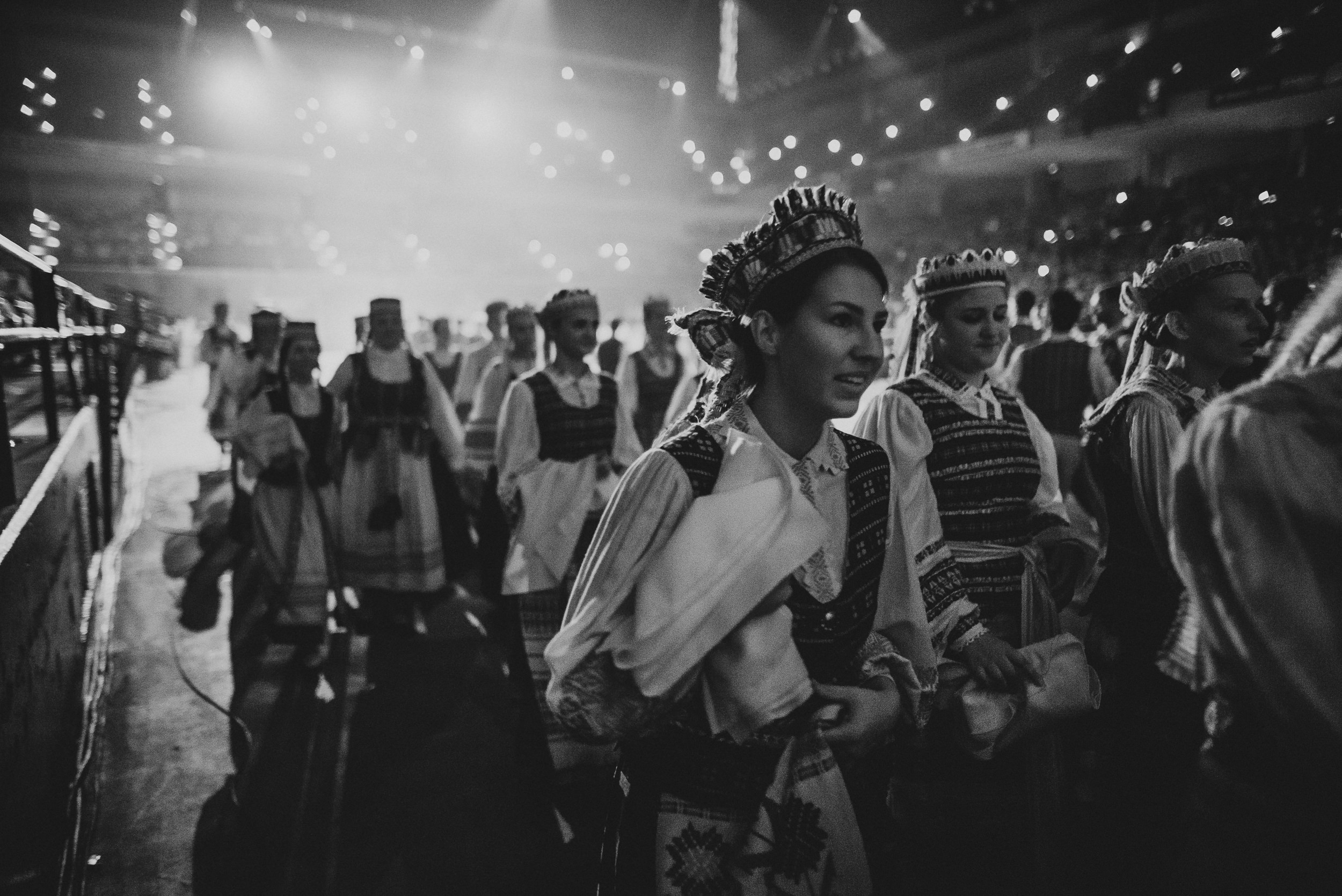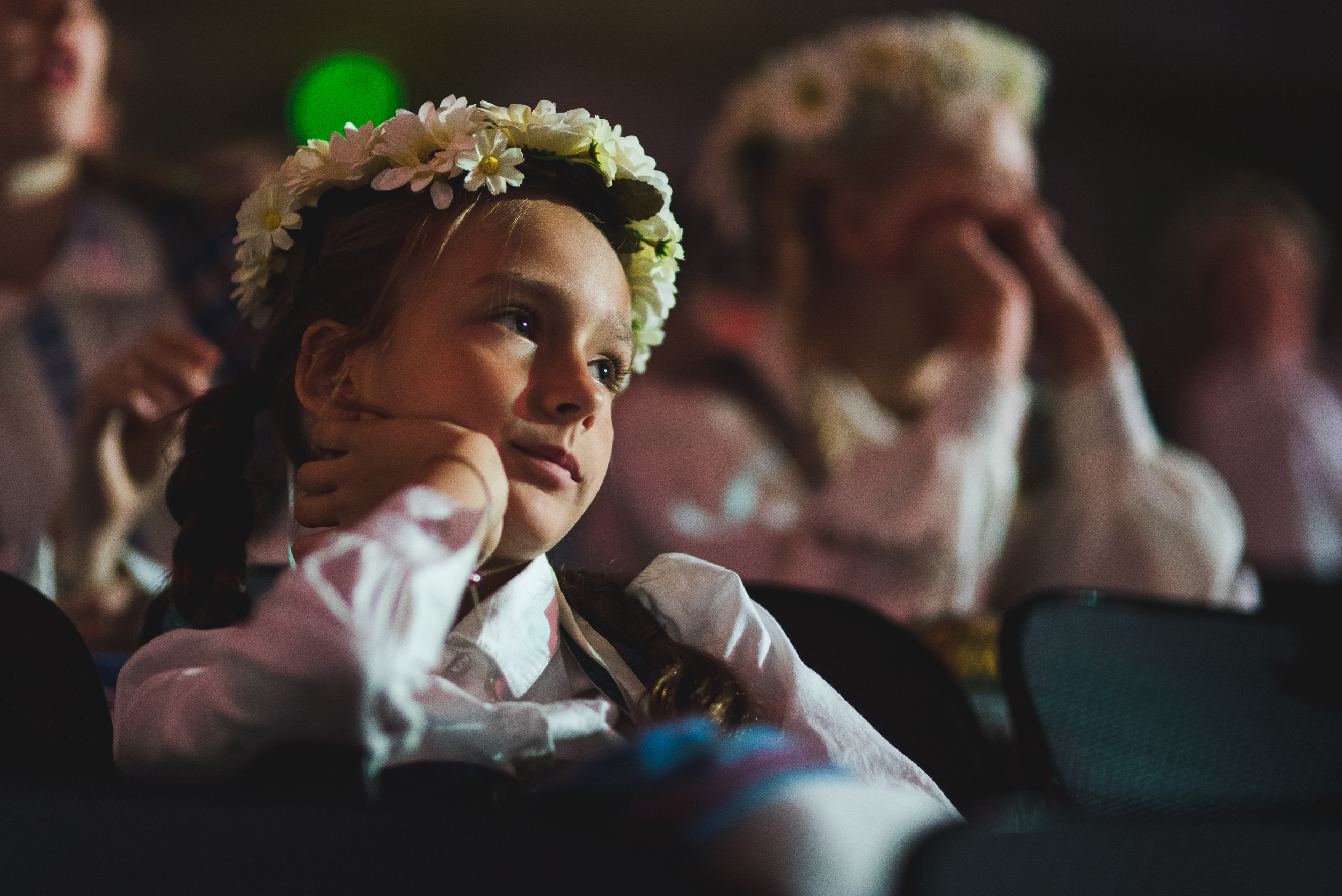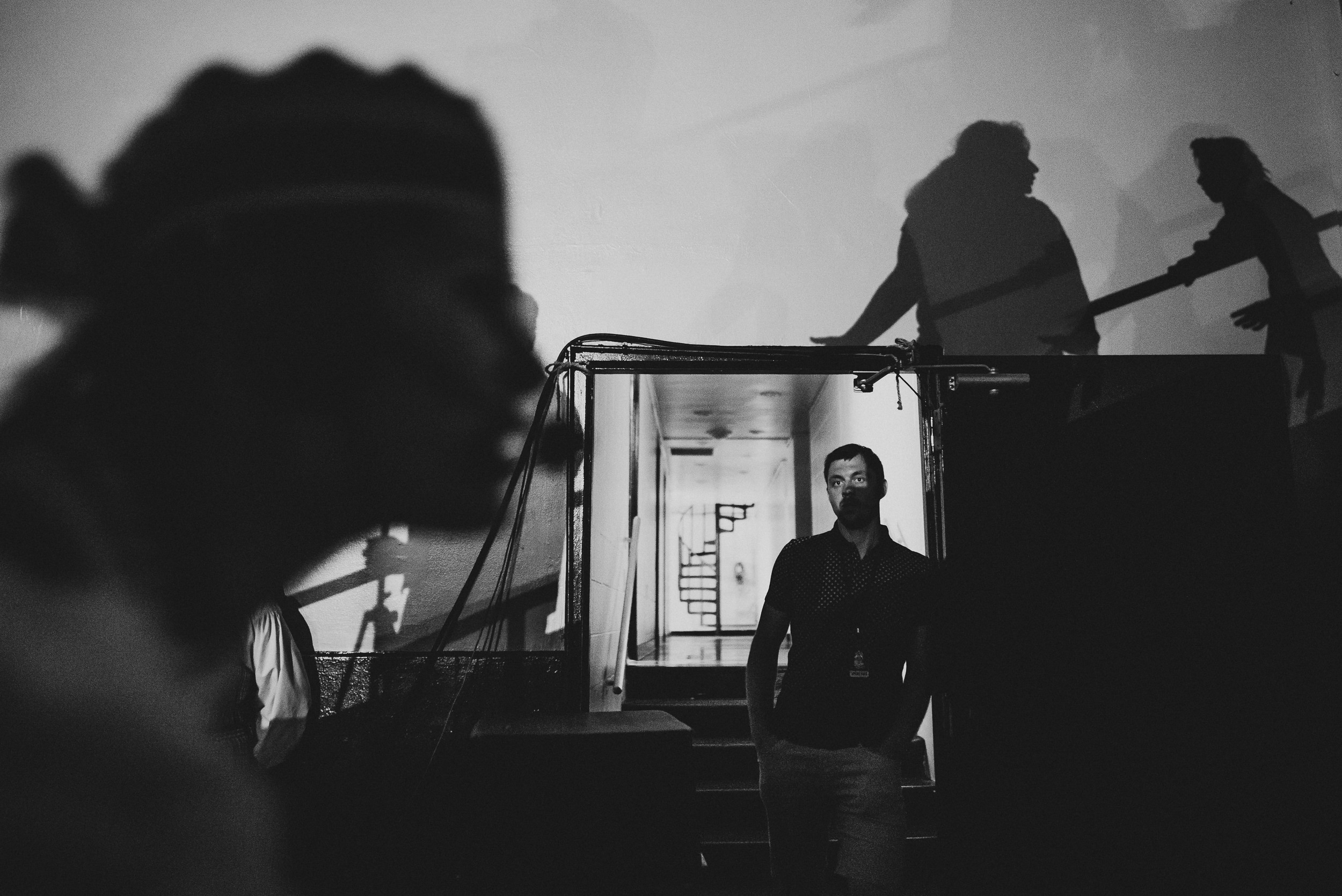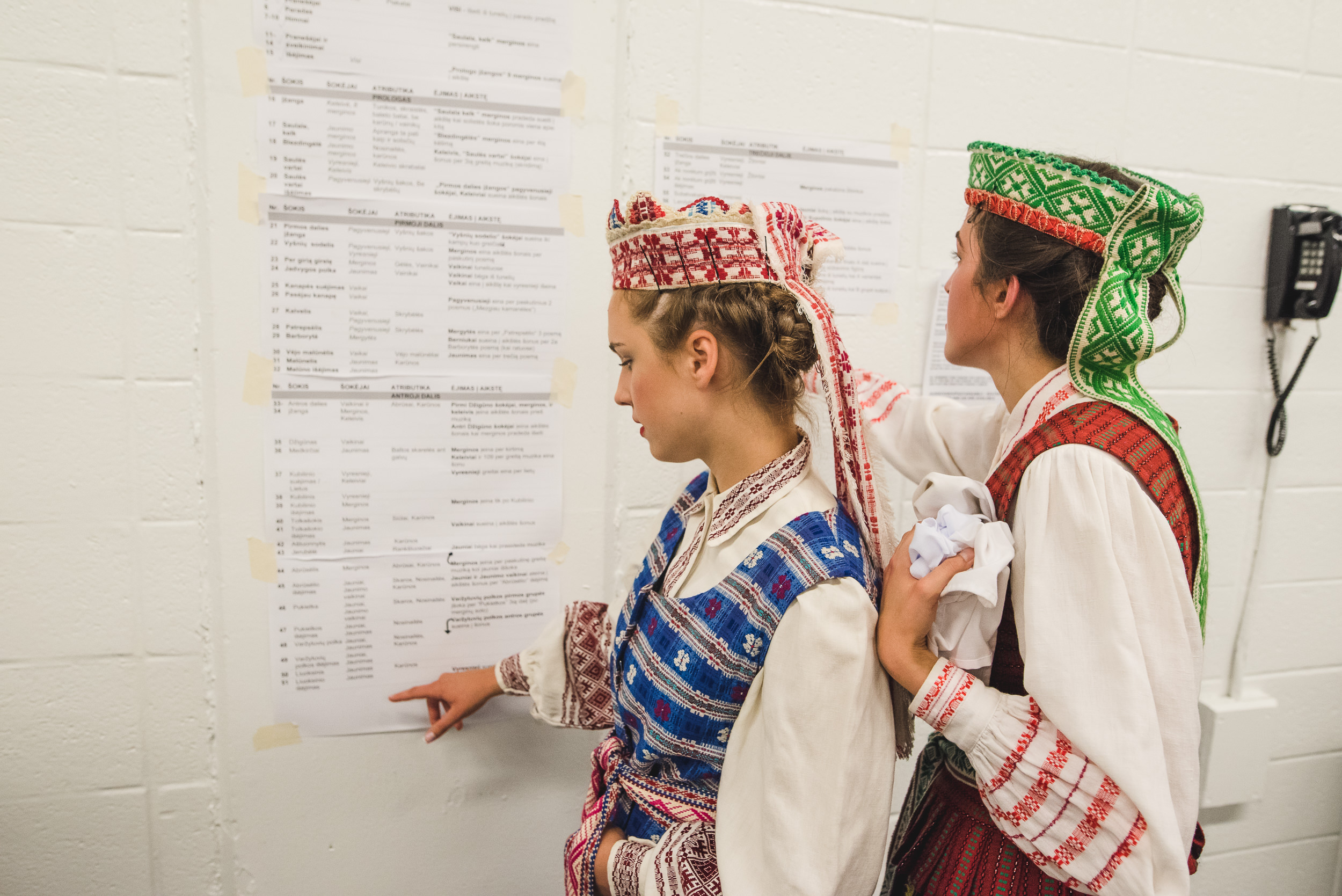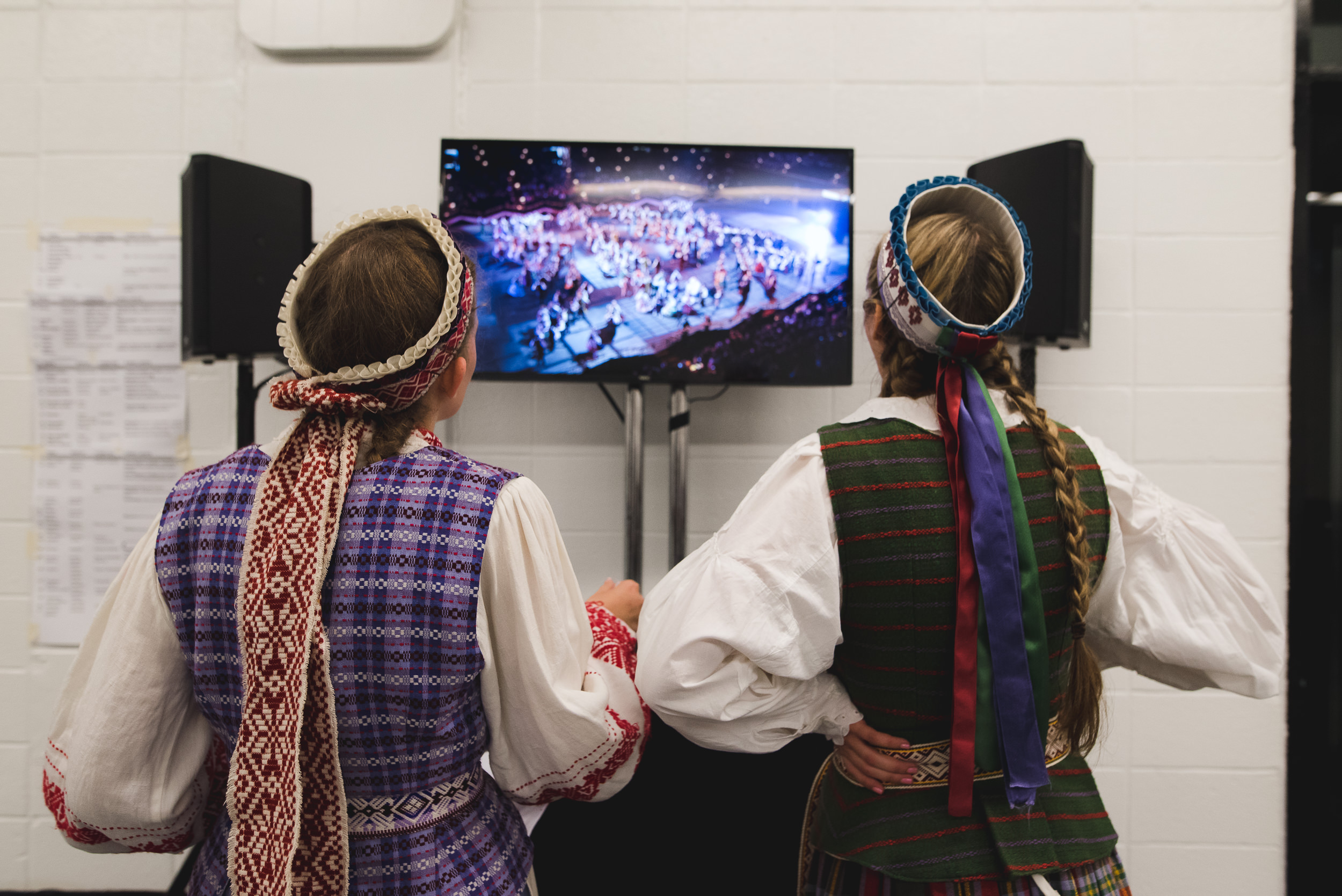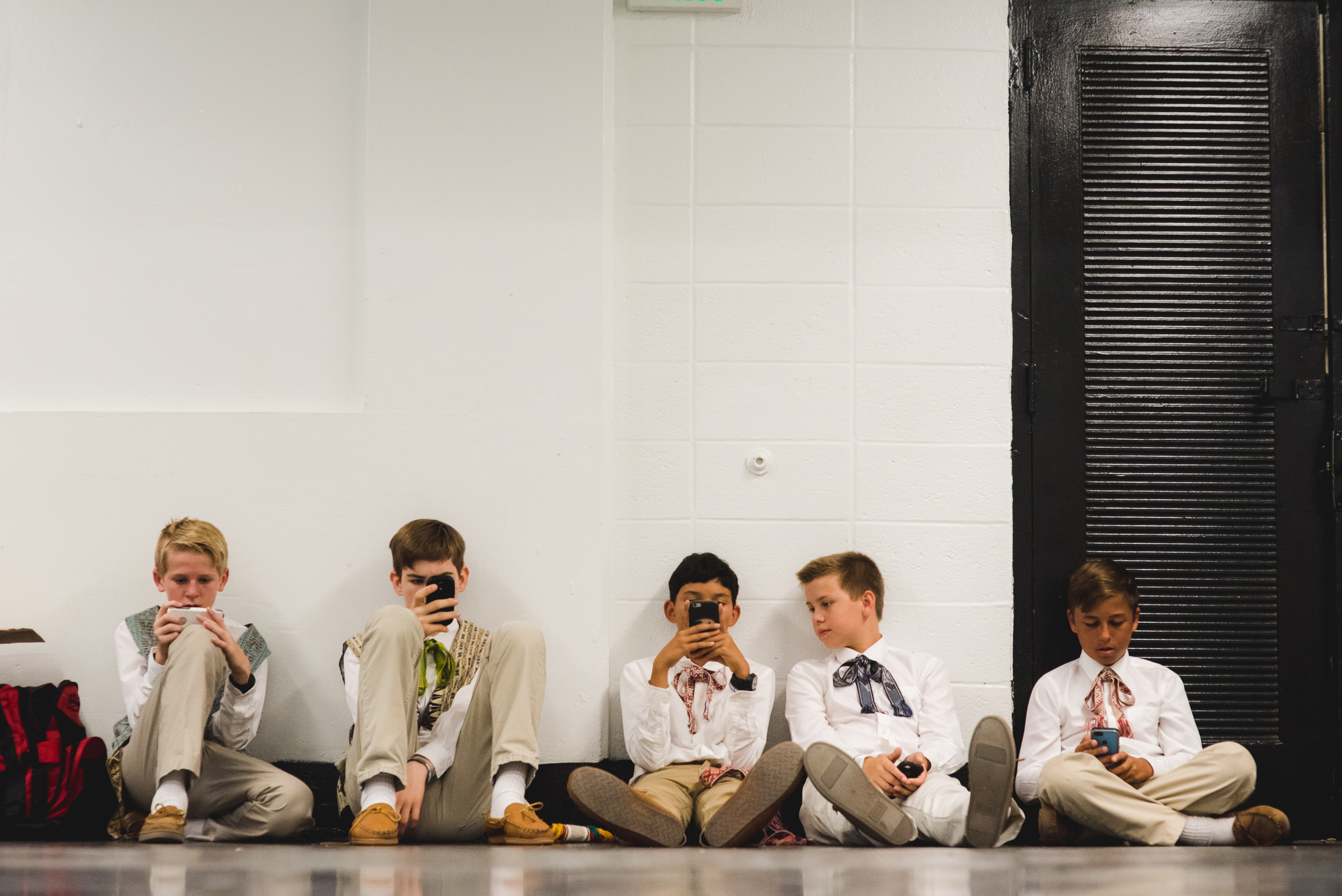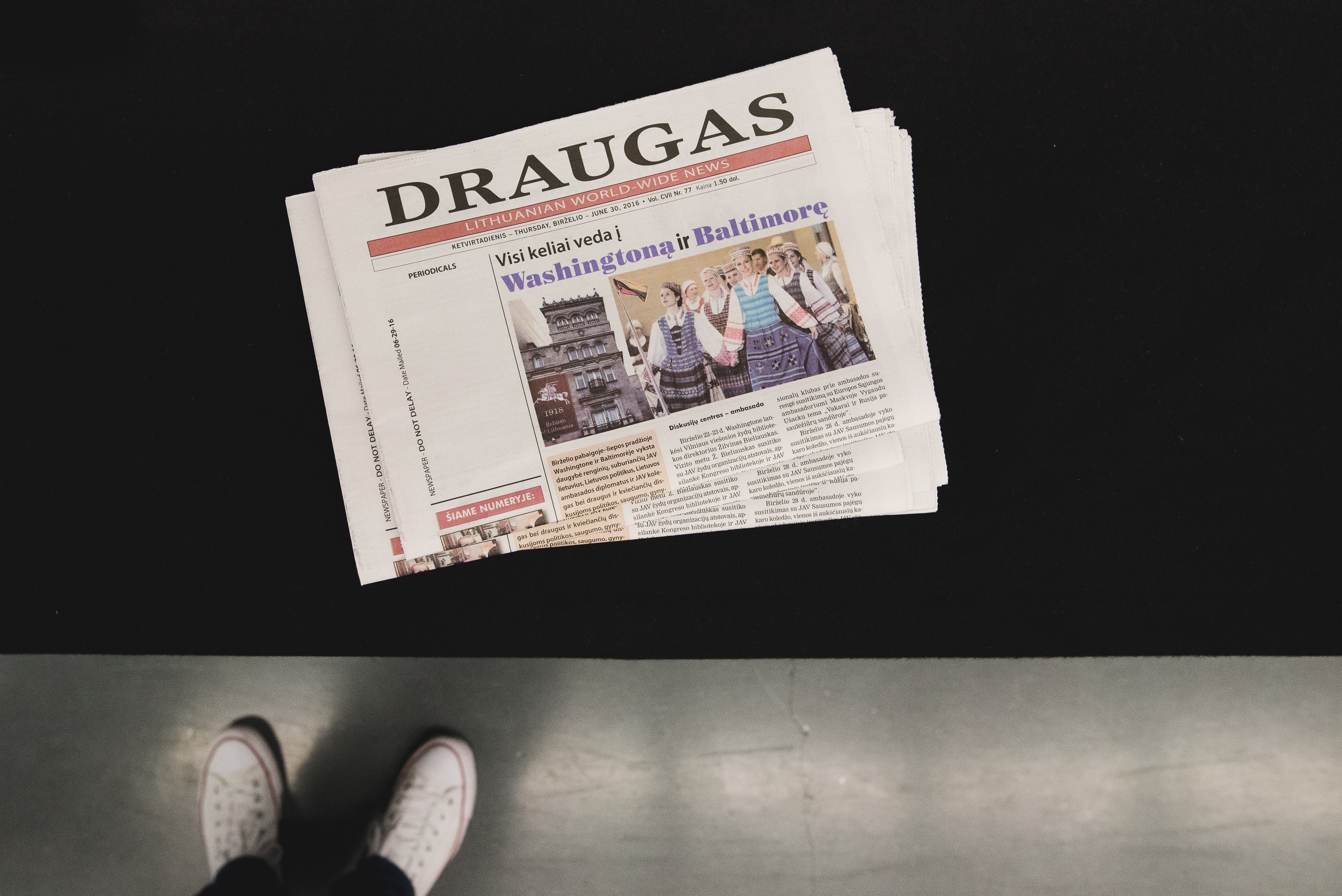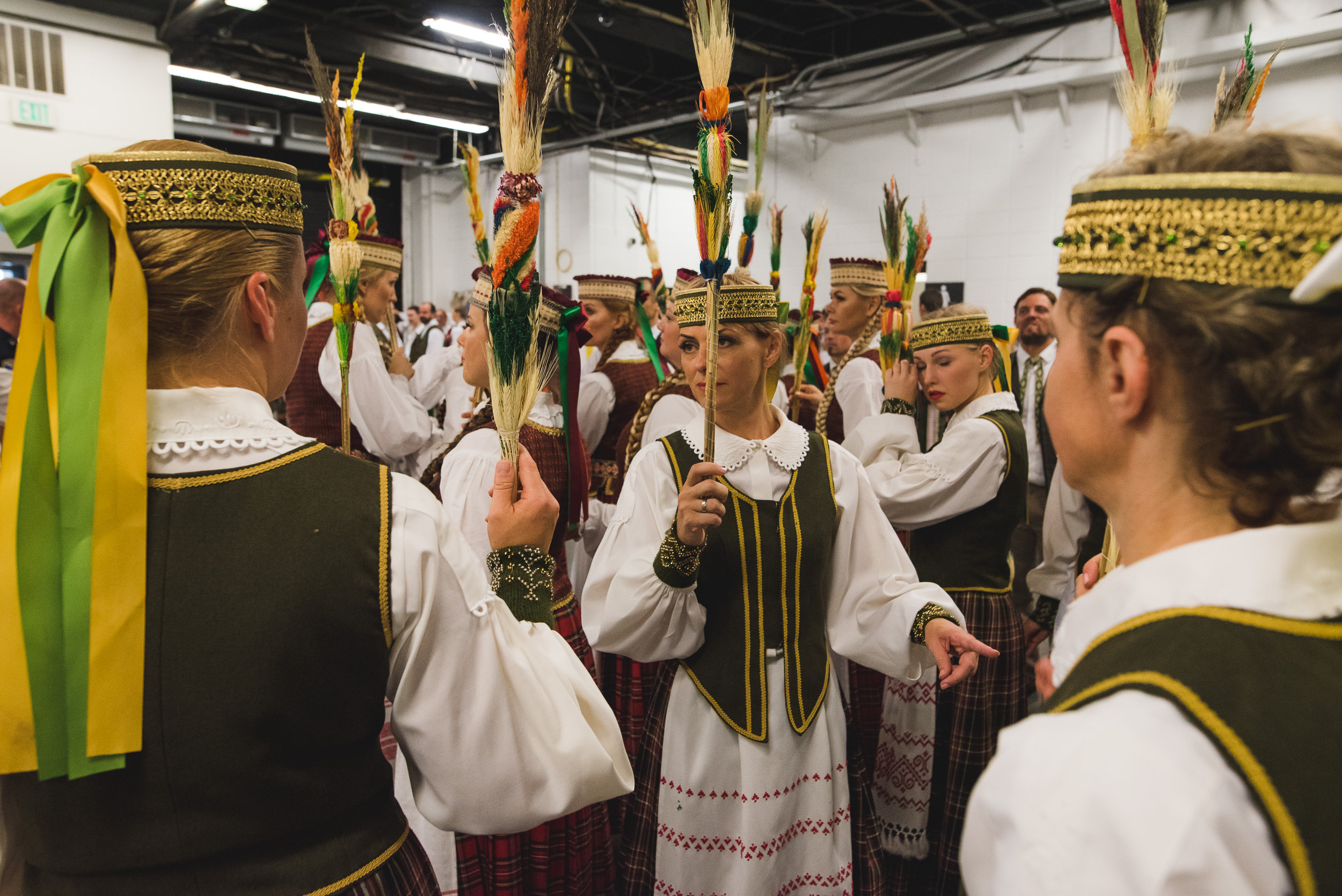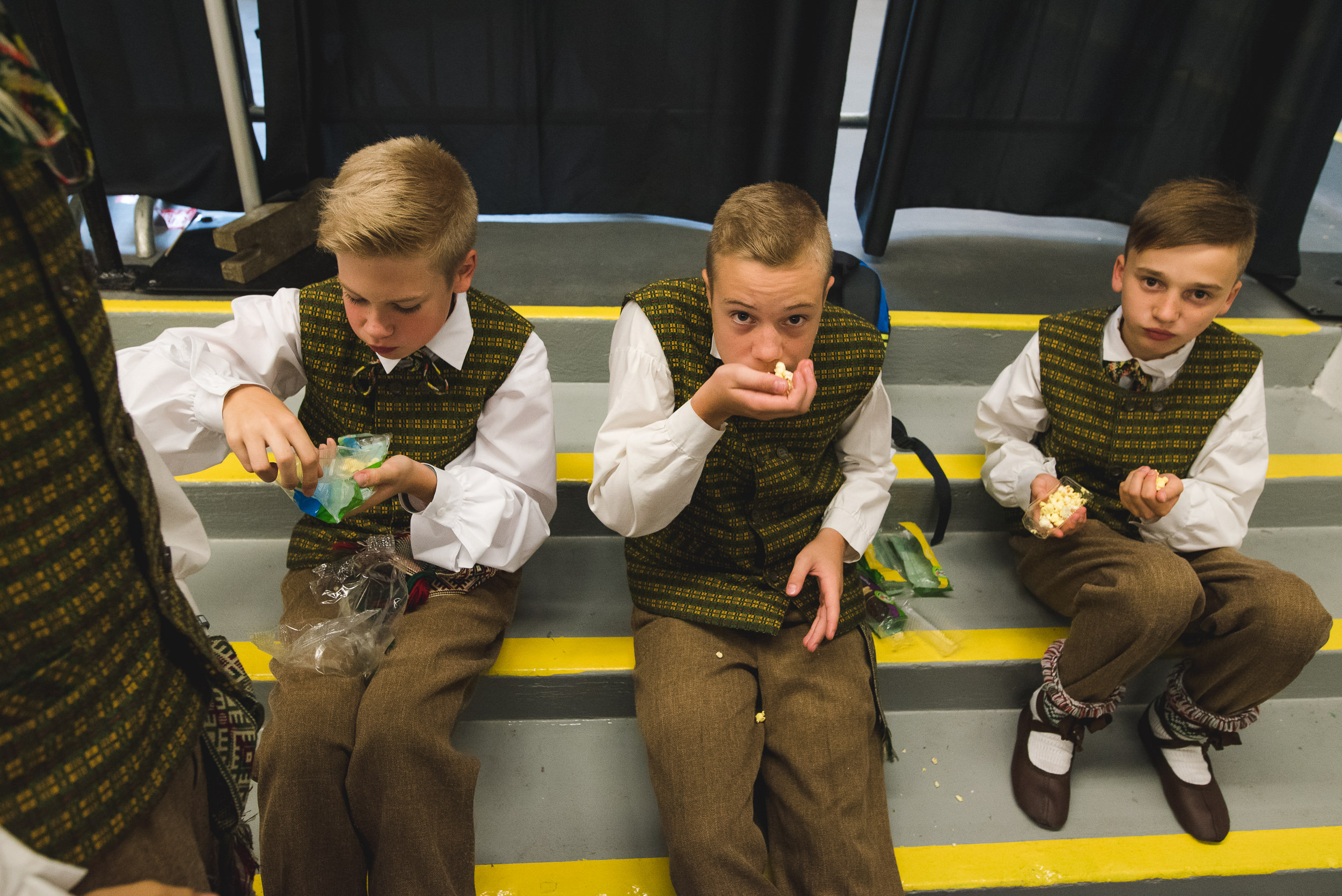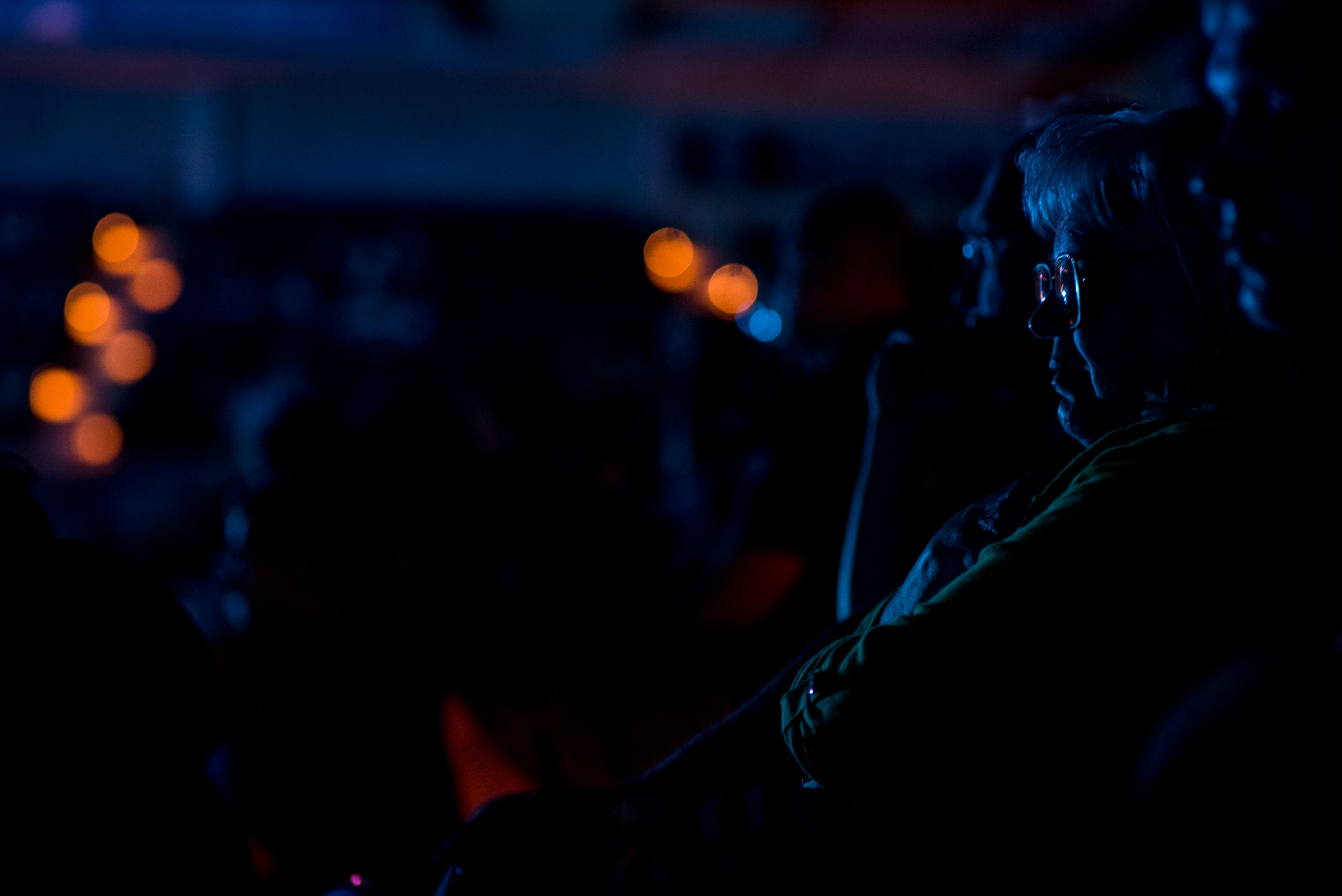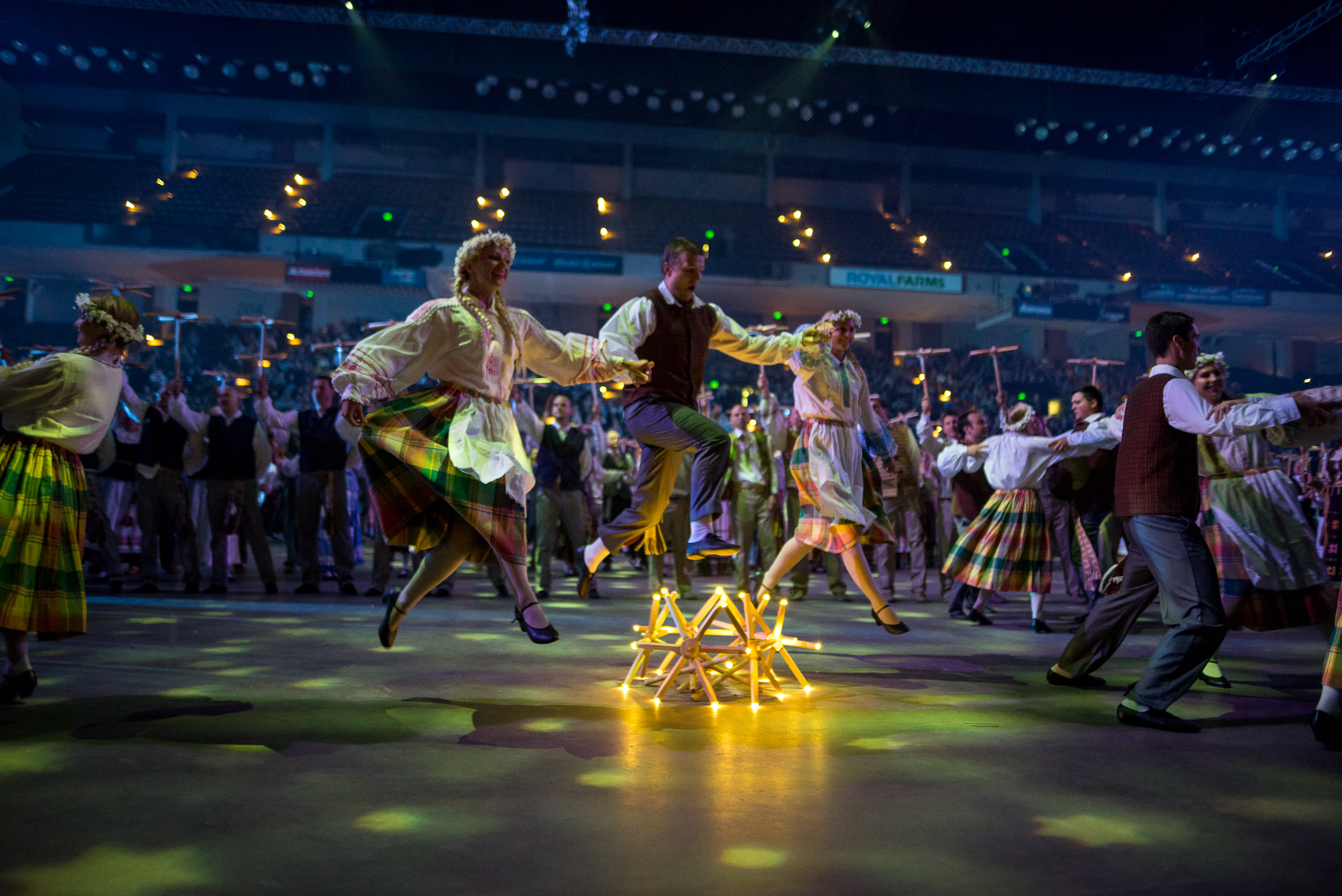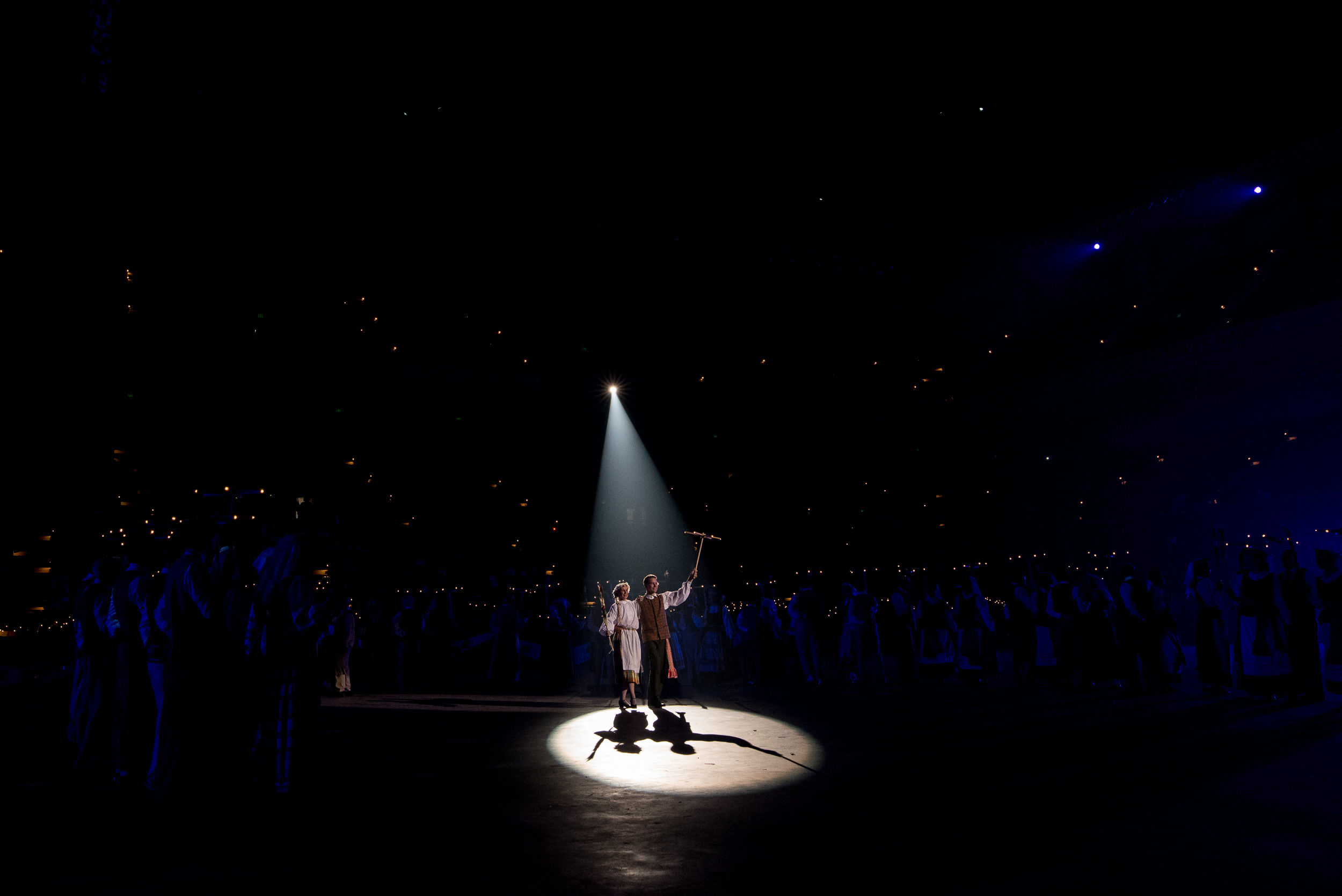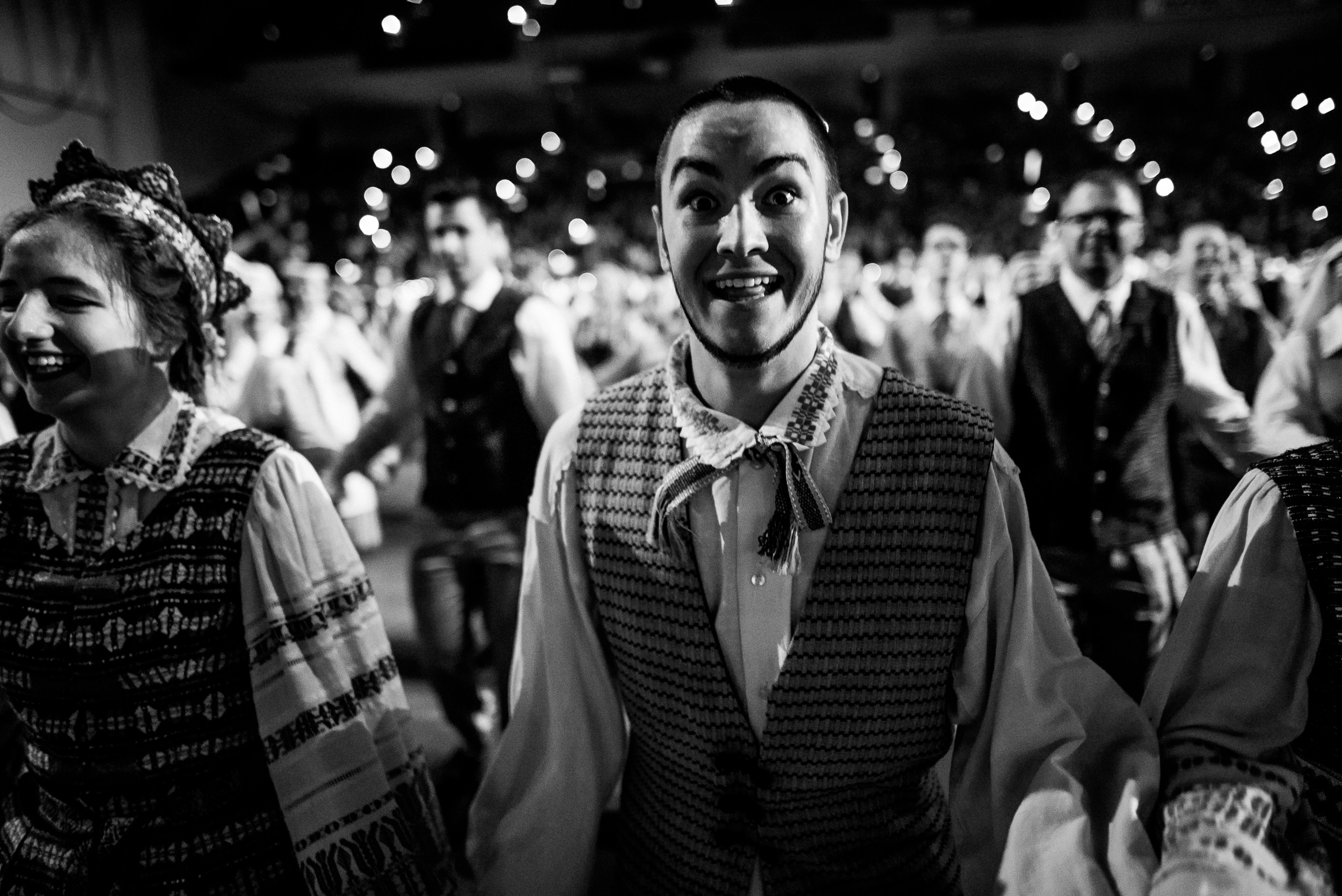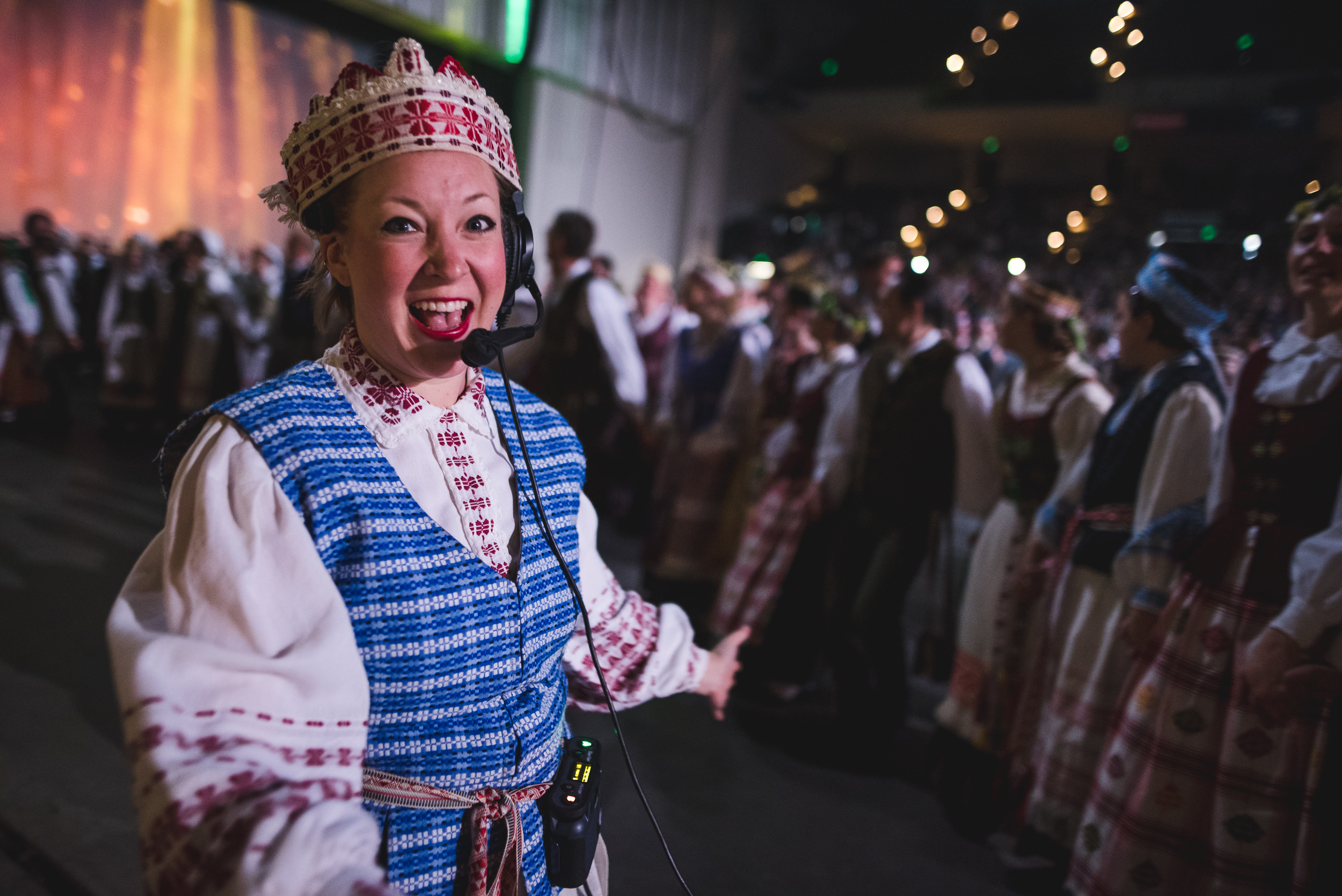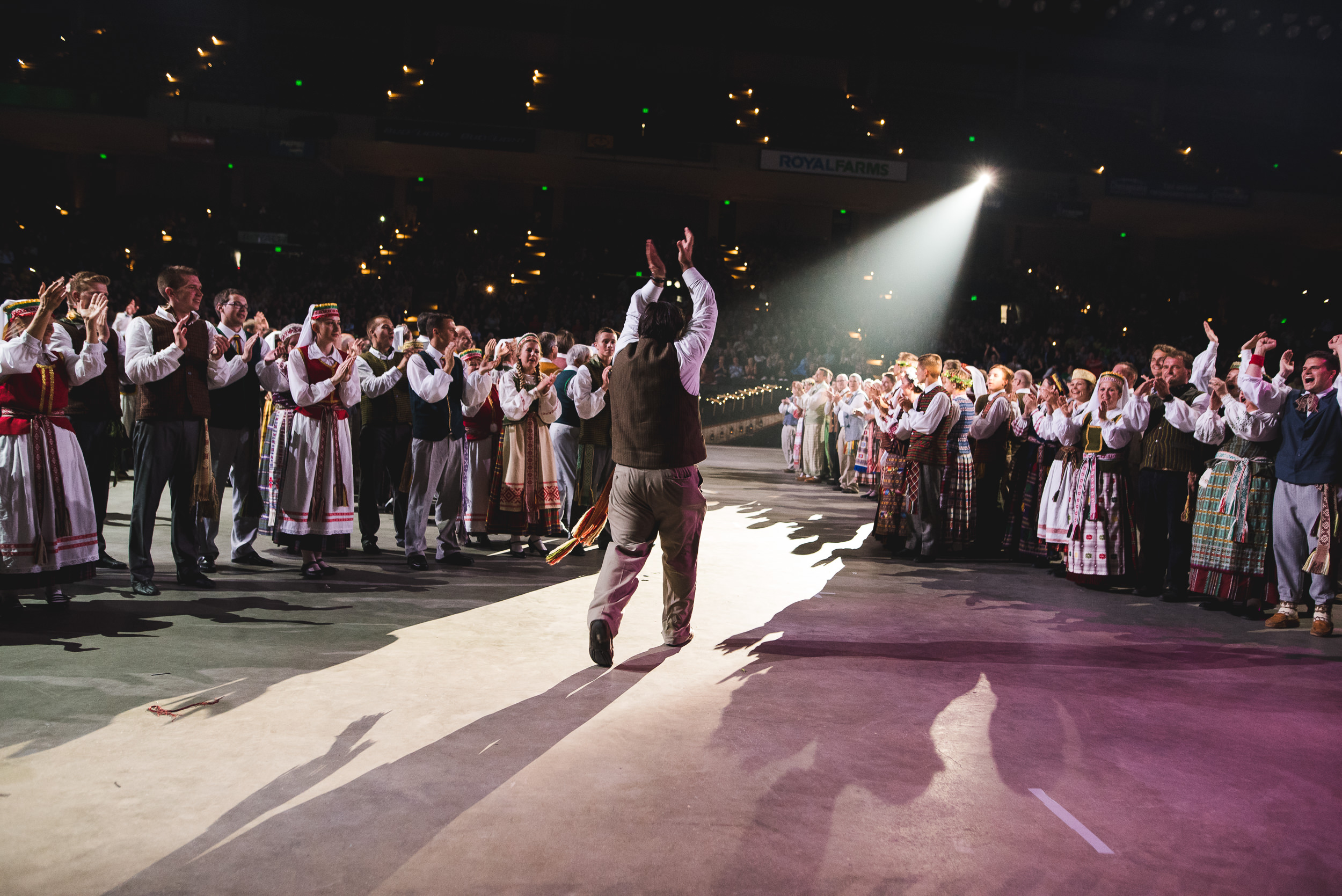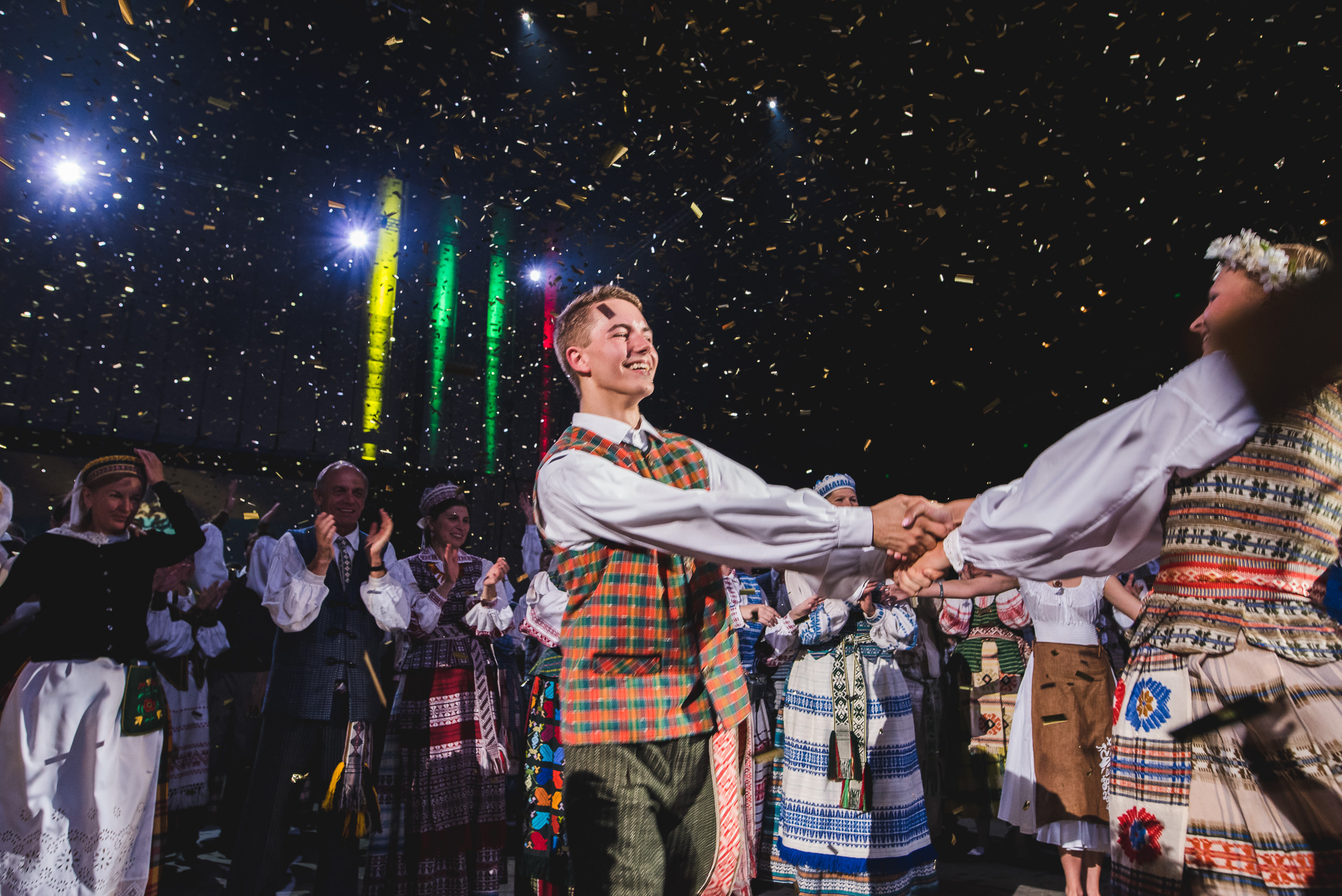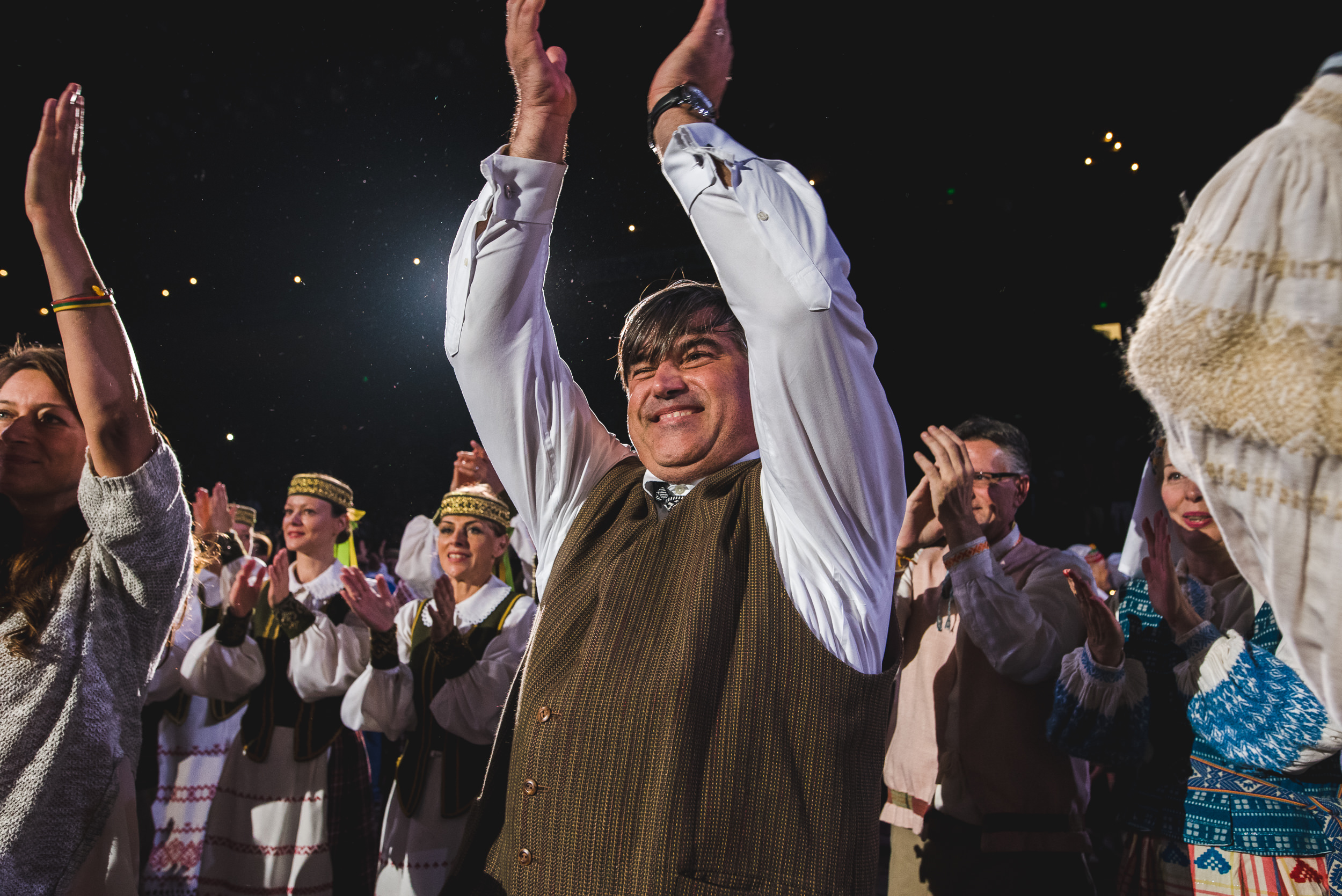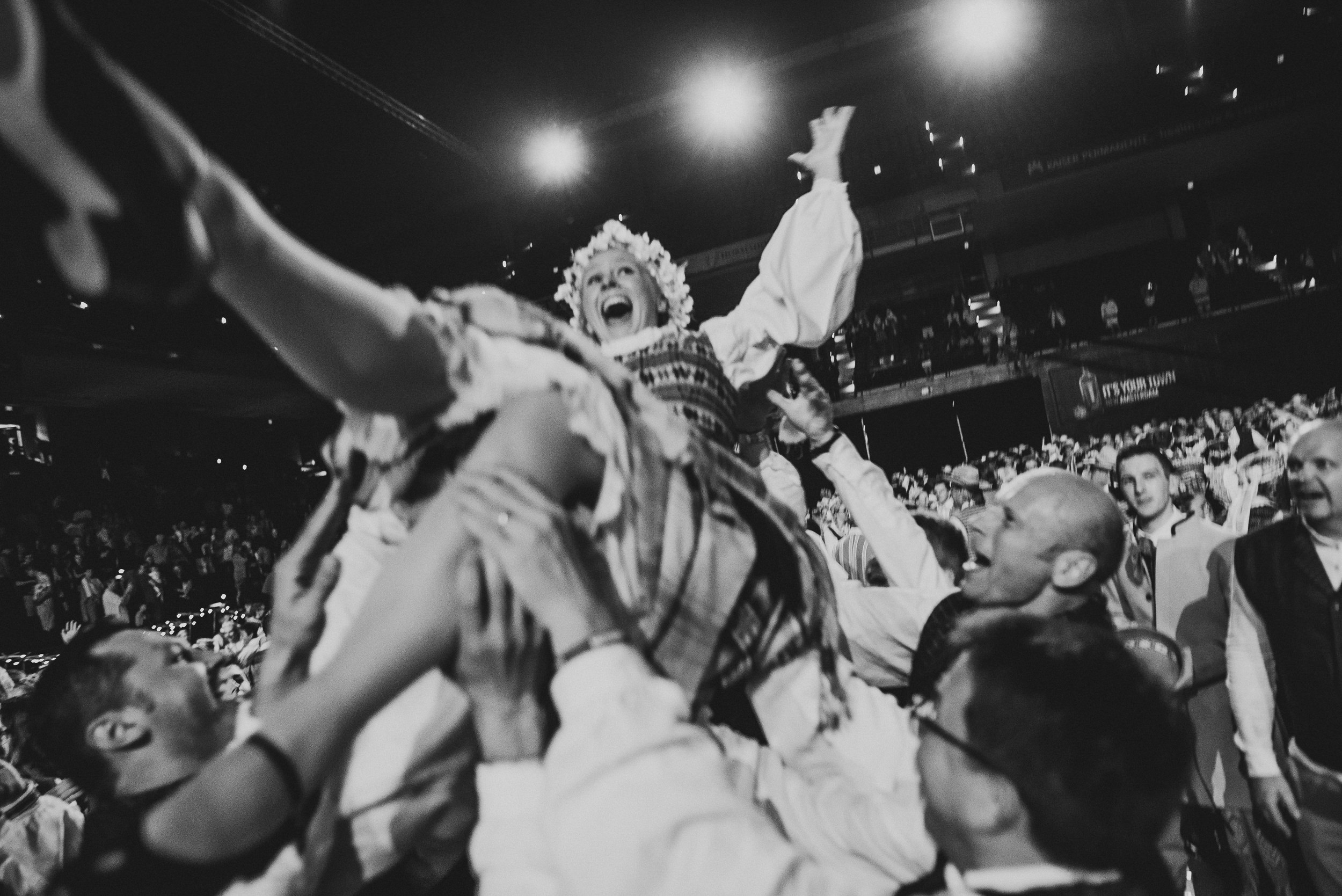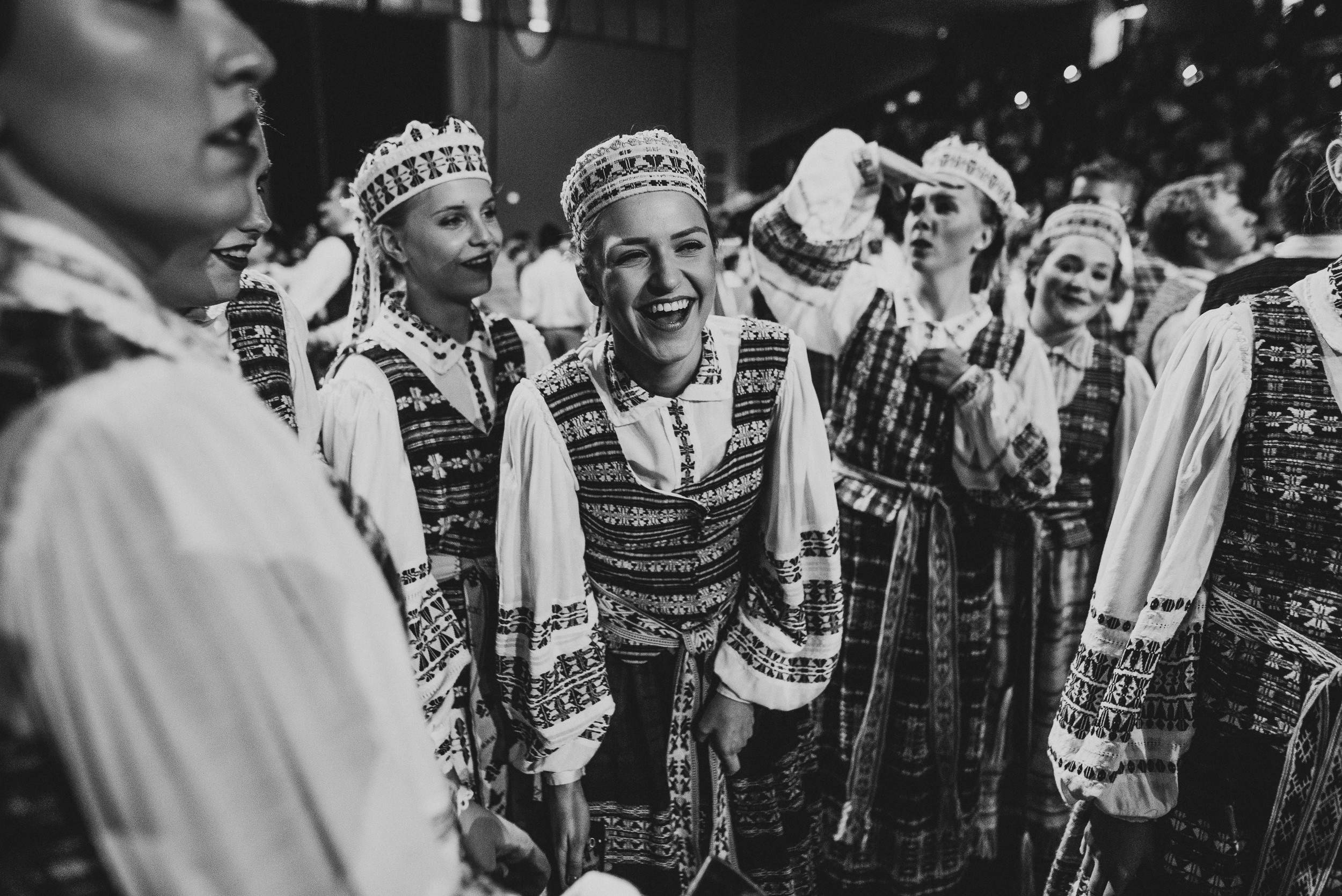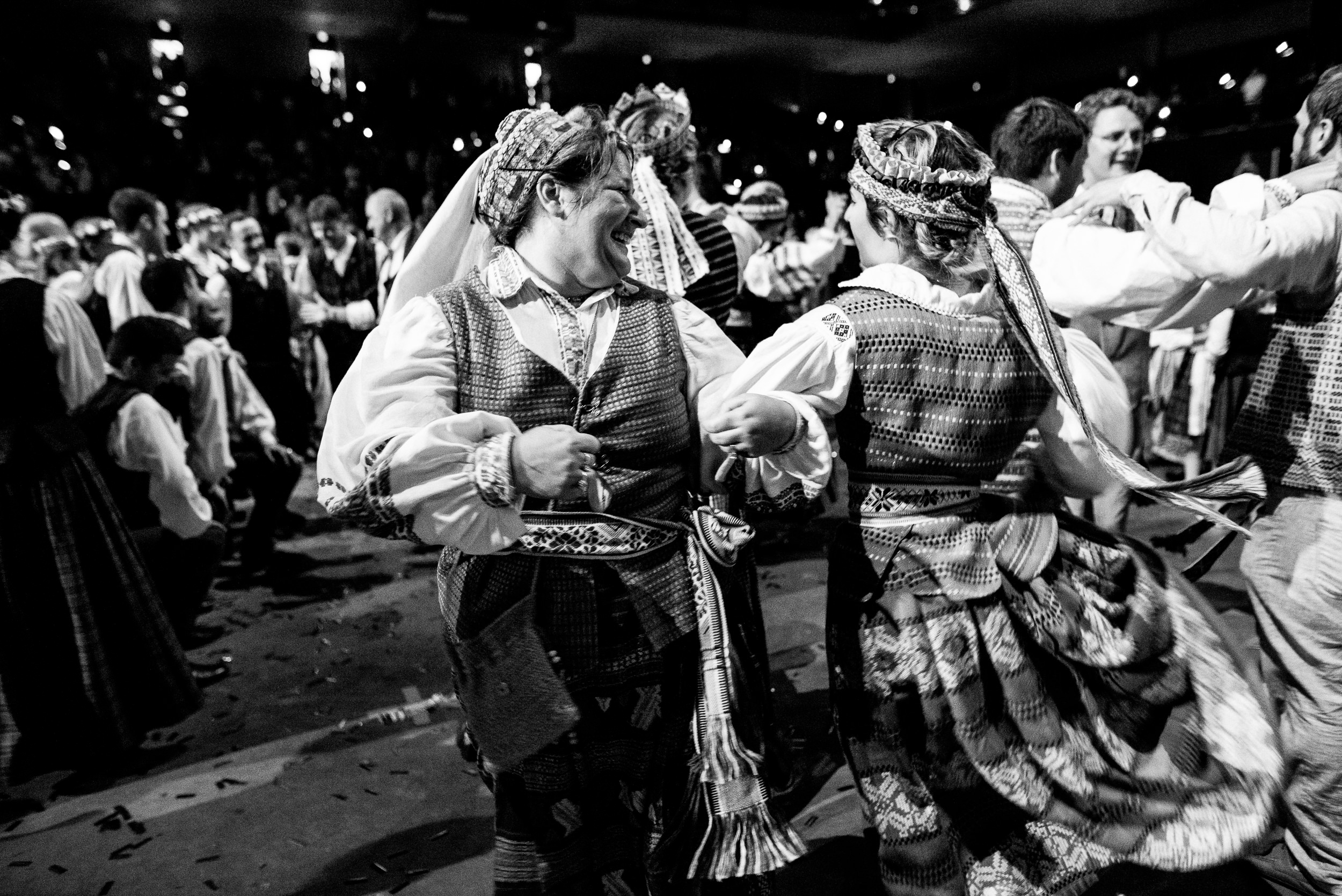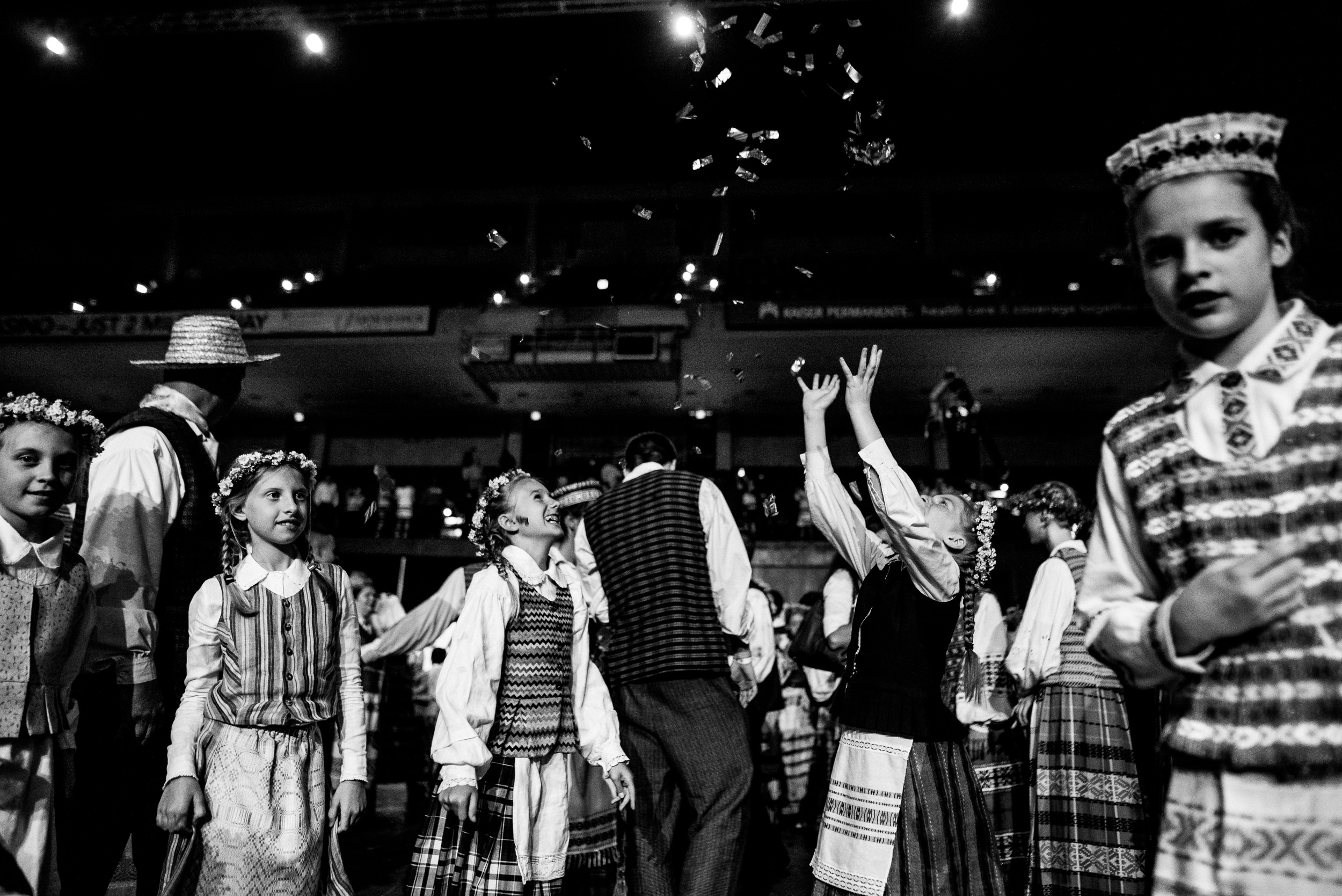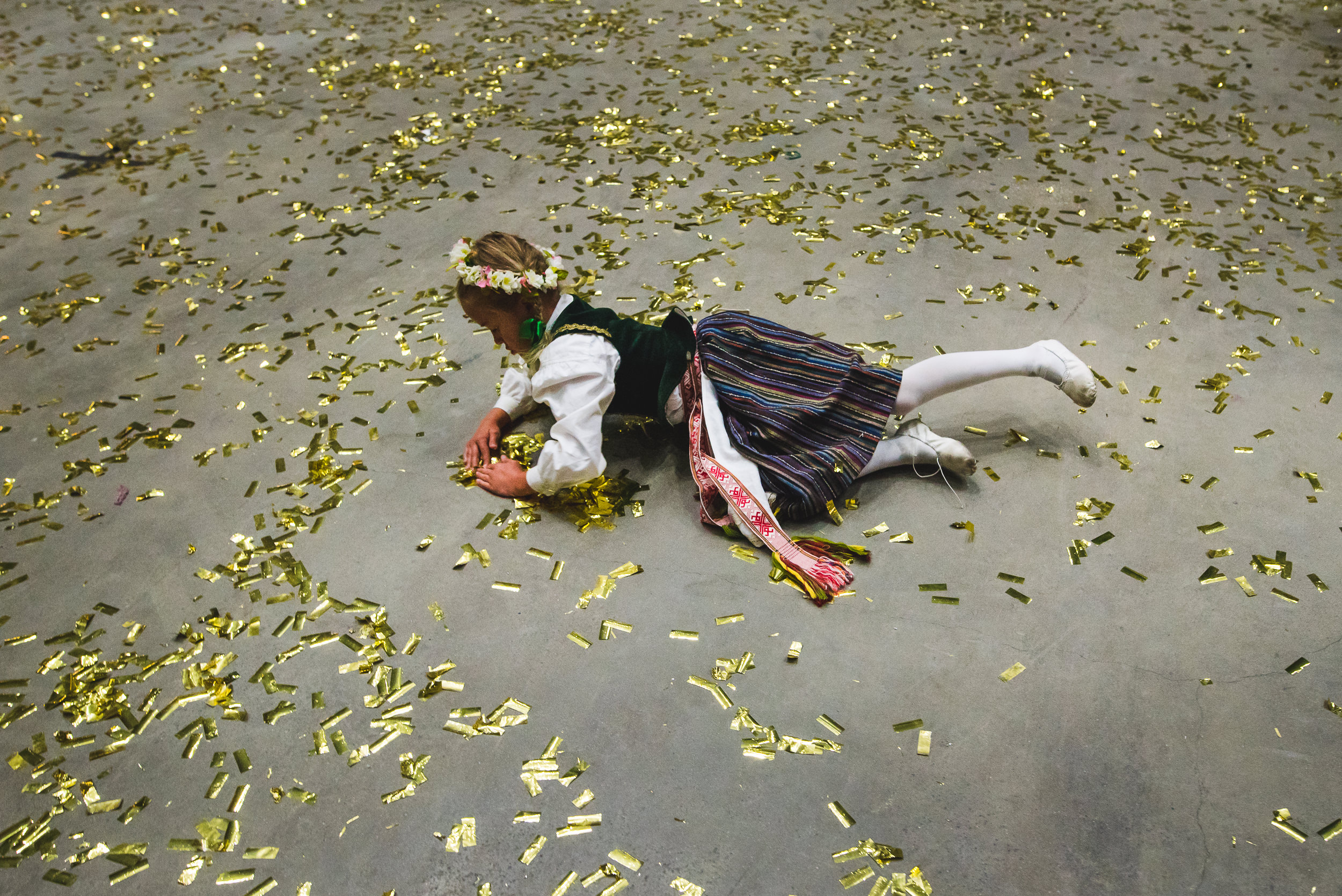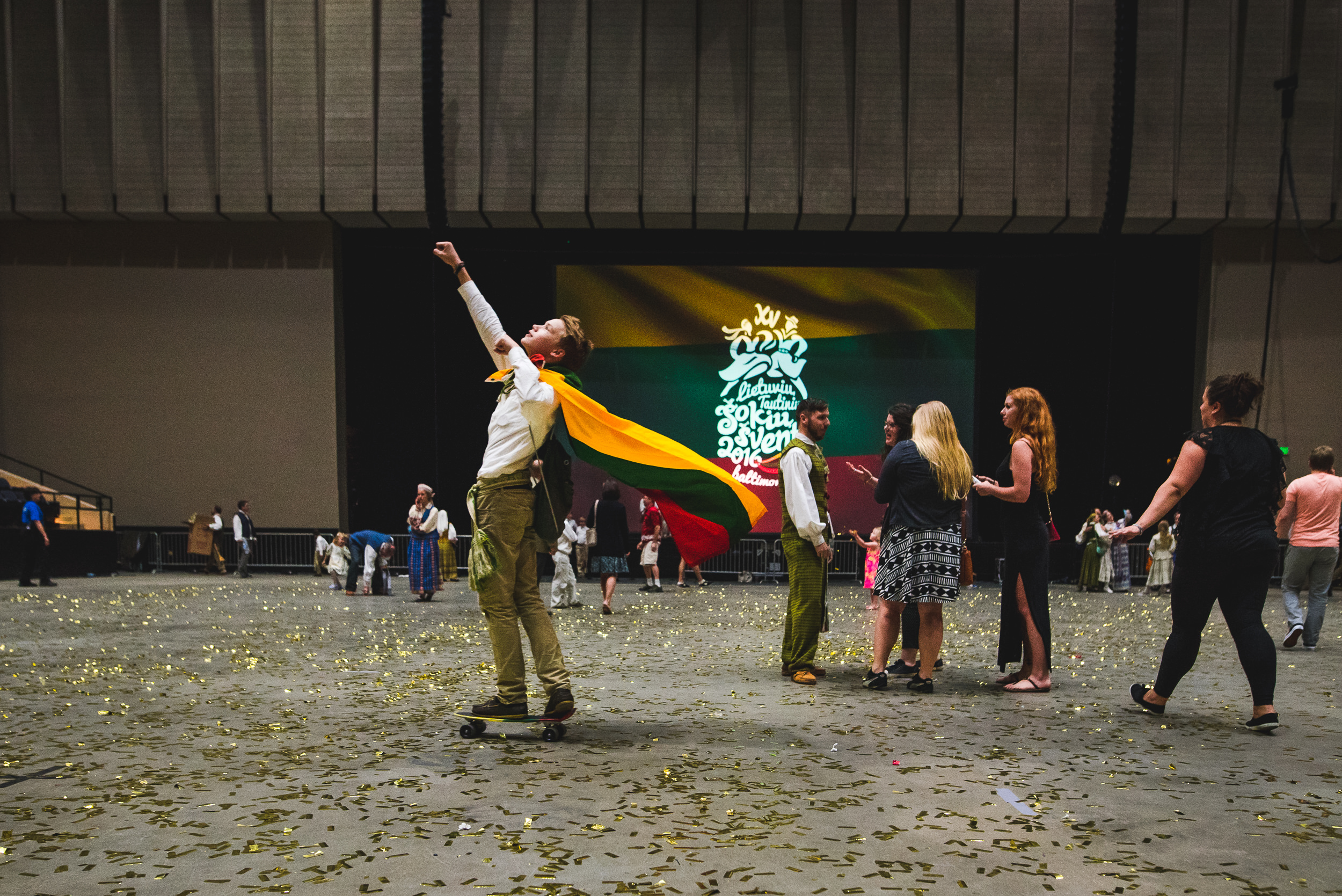The crowd was on its feet Sunday, cheering for the final number as nearly 1,800 dancers streamed onto the arena floor.
Dance troupes came from the Baltimore suburbs, Boston, Atlanta and Los Angeles, everywhere in between. Boys and girls, parents and grandparents skipped and whooped into the finale of the 15th North American Lithuanian Folk Dance Festival.
For three hours Sunday afternoon at Baltimore's Royal Farms Arena, performers, mostly Americans, waltzed and polka'd in the traditional routines their grandparents danced decades ago in Lithuania.
"You're keeping the culture going," said Rytis Grybauskas, a dance instructor at the Baltimore Lithuanian Hall.
Since the inaugural performance in Chicago in 1957, the massive, choreographed festival has come every four years to an American city. The 15th festival featured 45 troupes from 29 cities. The oldest dancer was 77; the youngest, 7.
"Music, song and dance, whether there were good times or bad times, it still allowed people to keep up their spirits," said Algis Silas, of Chicago, a festival spokesman.
Grybauskas' parents arrived in the United States as World War II refugees and clung to the traditions of their homeland. As a boy at Saturday classes, he learned the traditional steps and the handholds, similar to square dancing. About 40 local dancers participated Sunday from his Baltimore troupe. During rehearsals Saturday, their T-shirts said "hometown team."
Sunday's performance featured a challenging dziugunas step to imitate the movements of a horse. It wasn't easy, even for the instructor Grybauskas.
From big-time festivals to concerts and everything in between, the best of what the city and the surrounding areas has to offer in July.
"I'm 58," he said, laughing, "and I'm trying to do this scissor step."
Other dances portrayed scenes from the forest and farm work, such as chopping wood and cutting wheat. One dance represented a rooster's call. In another, women danced ballet steps like graceful birds.
They wore blonde braids and woven cotton aprons, the patterns bright and intricate from particular Lithuanian villages. Some women danced with crowns of flowers in their hair. A man wore a rich necktie and a handmade sash. The sashes can take up to 40 hours to weave.
Andrius Blekys, of Chicago, groaned as another dancer stretched the 18-year-old's ankles.
"You're constantly jumping around," Blekys said.
The men wore moccasins and thin-soled ballet slippers.
"Most of us are not professional dancers," said John Howes, an attorney from Rockville.
On the floor, troupes formed circles and danced in merging lines: a kaleidoscope of geometric patterns. The first act represented a Lithuanian leaving the family farm.
The second act portrayed the search for a new home, the labors of a traveler. The final act celebrated that dream of home beneath a starry sky.
Then cannons fired confetti above the arena floor. Some 1,800 people danced beneath the gold shimmer.
The act ended, but they danced on. The music quickened with the electric peal of rock 'n' roll.
Some children, in their woven aprons, fists clenched with gold confetti, began a conga line.
And one teenage boy, his brow drenched with sweat, leaned into an air guitar.
Source: http://www.baltimoresun.com/news/maryland/baltimore-city/bs-md-ci-lithuanian-fest-20160703-story.html

